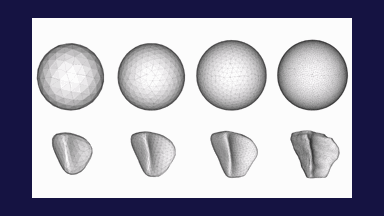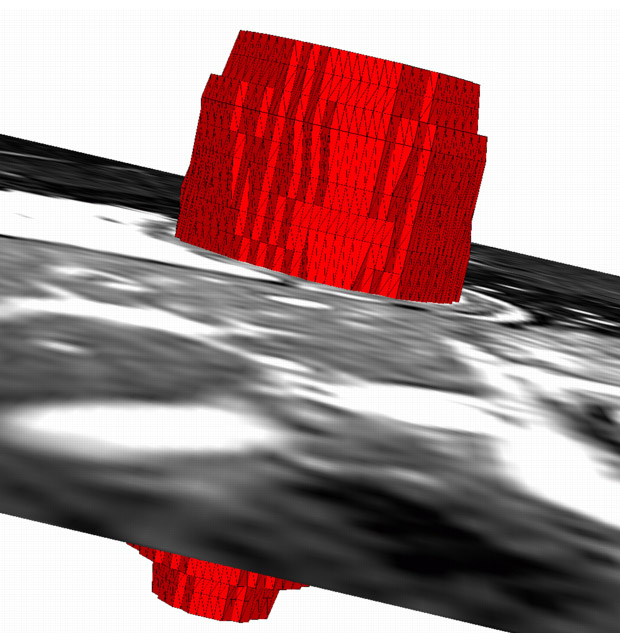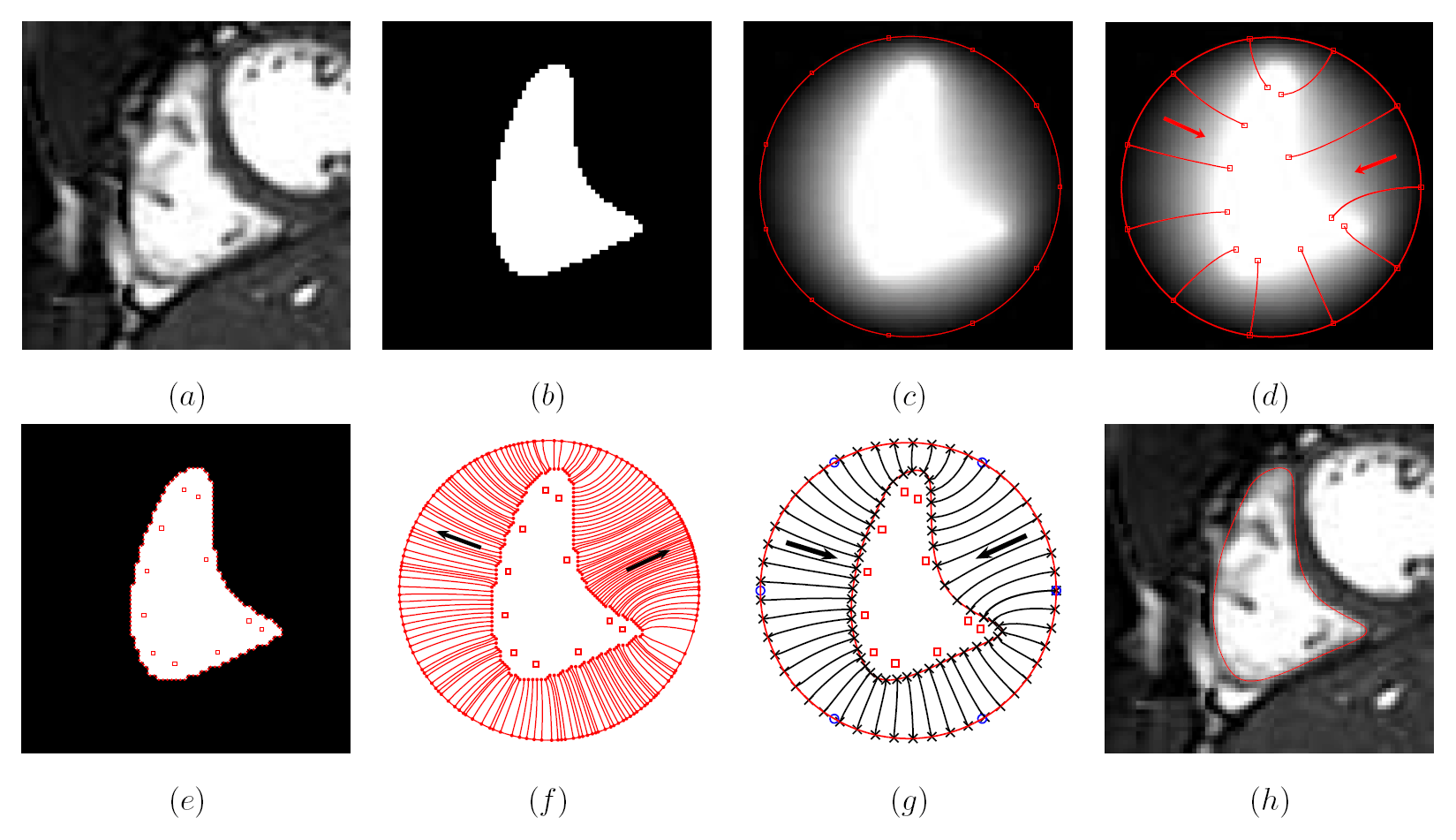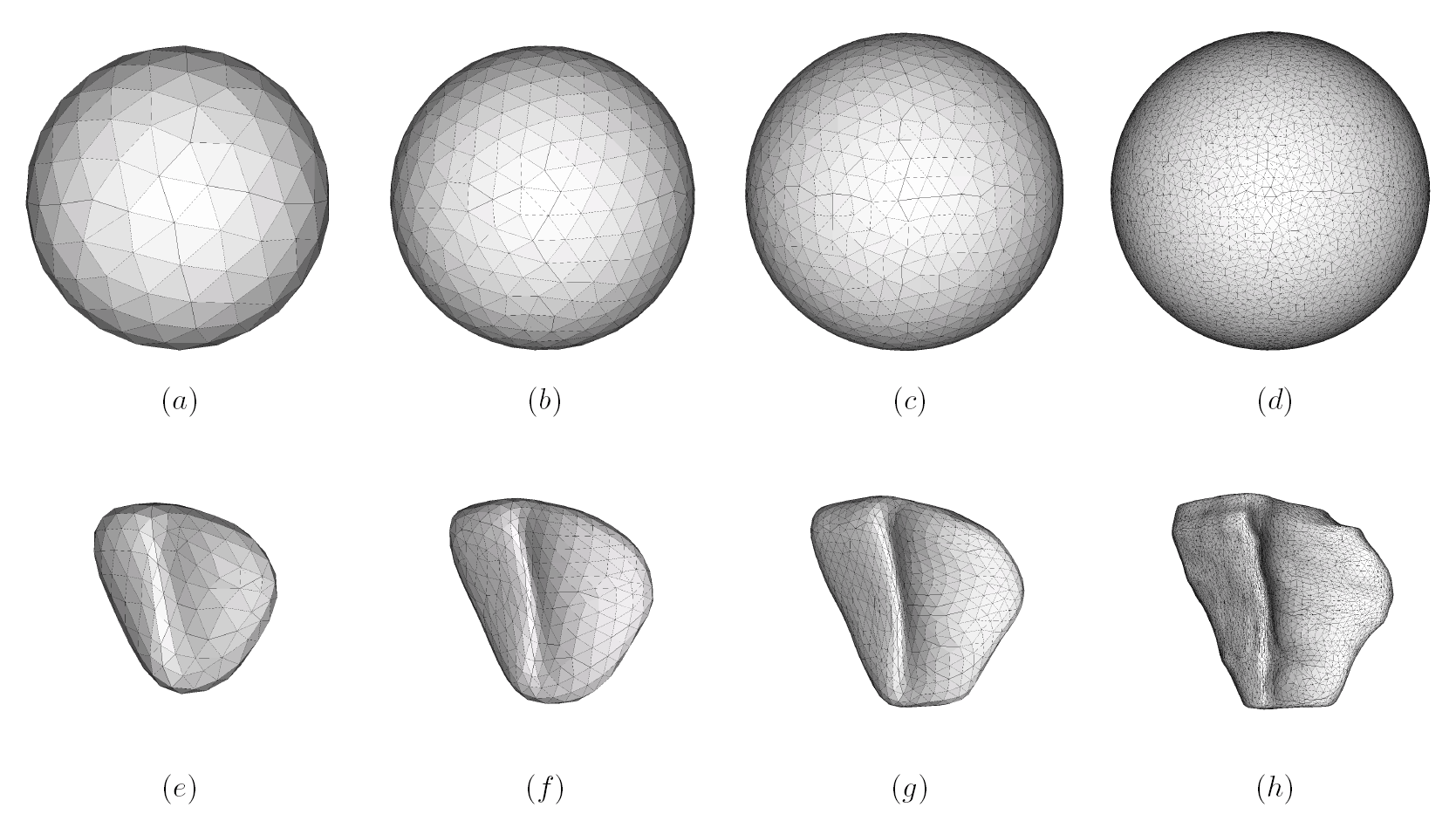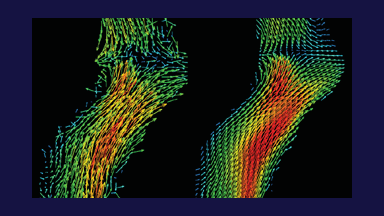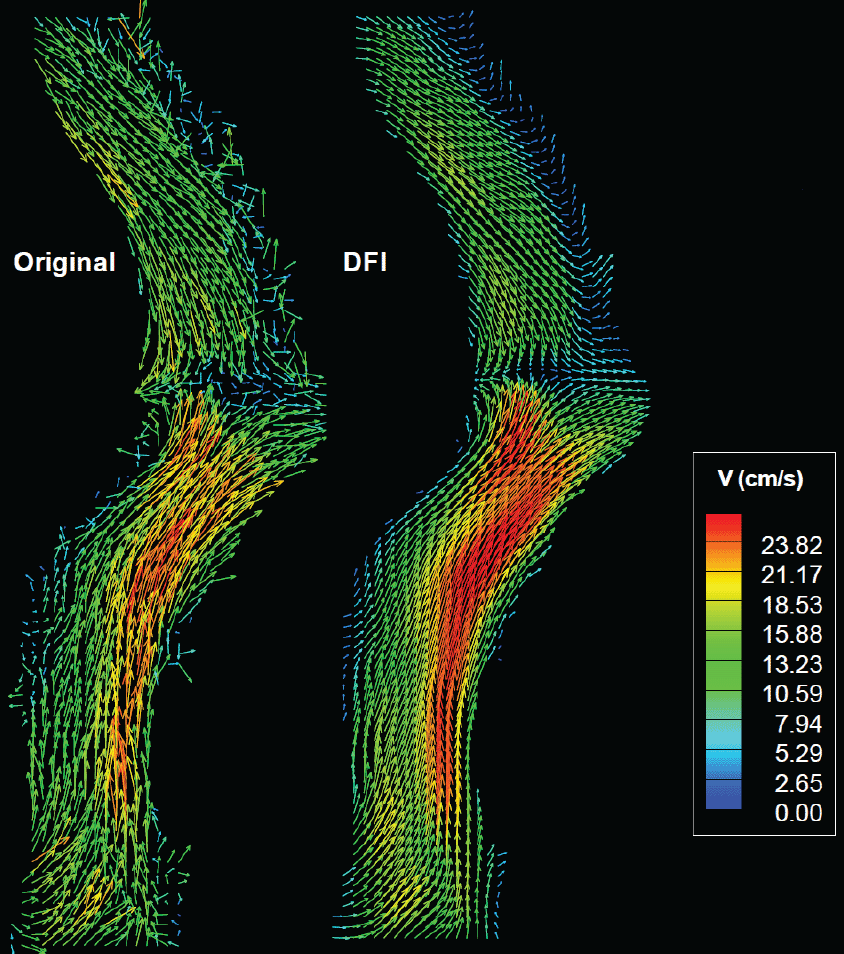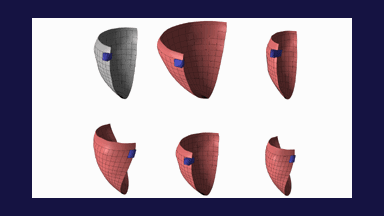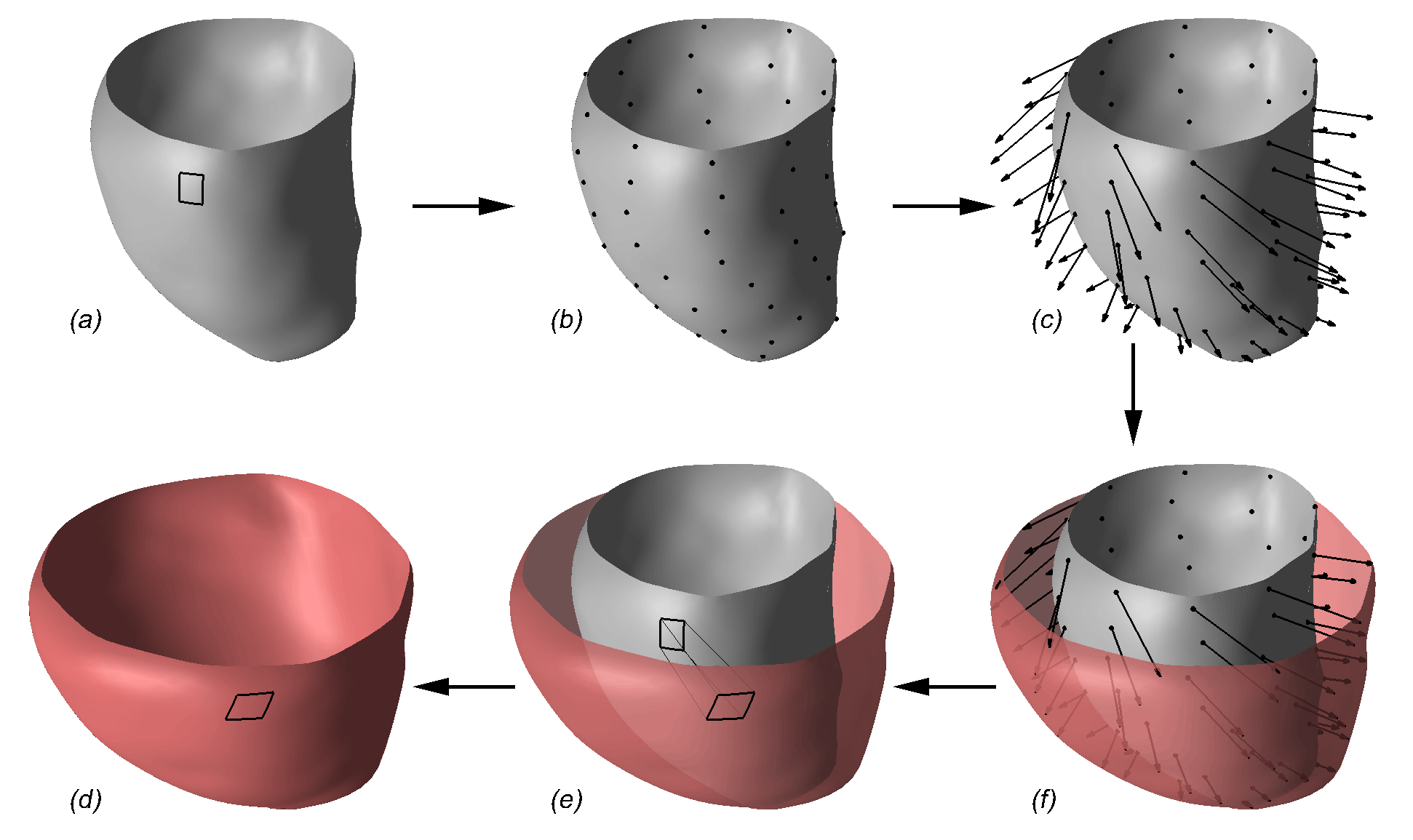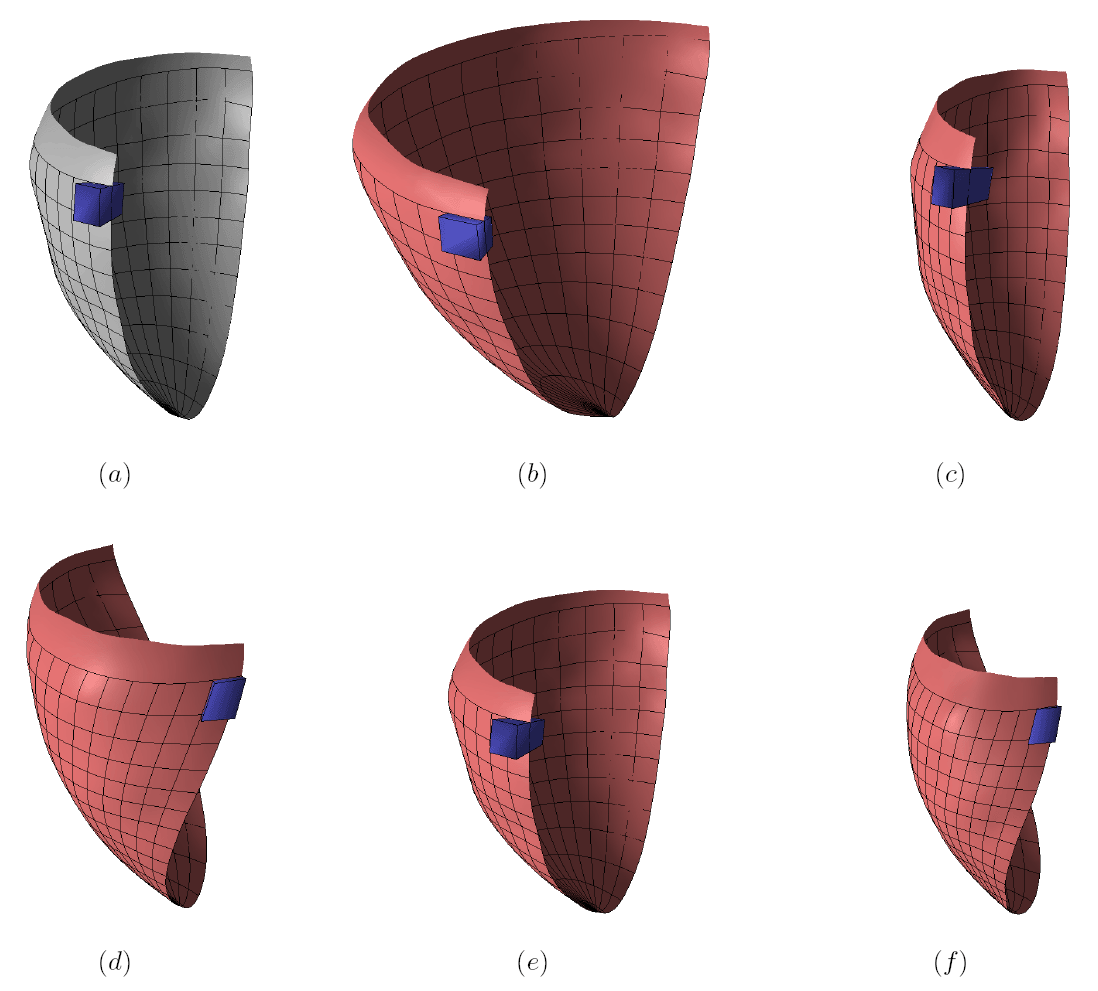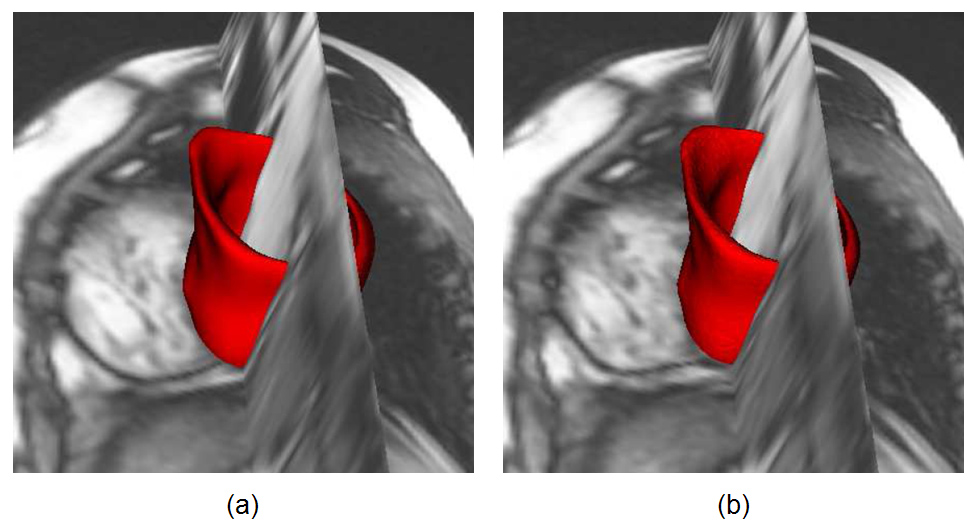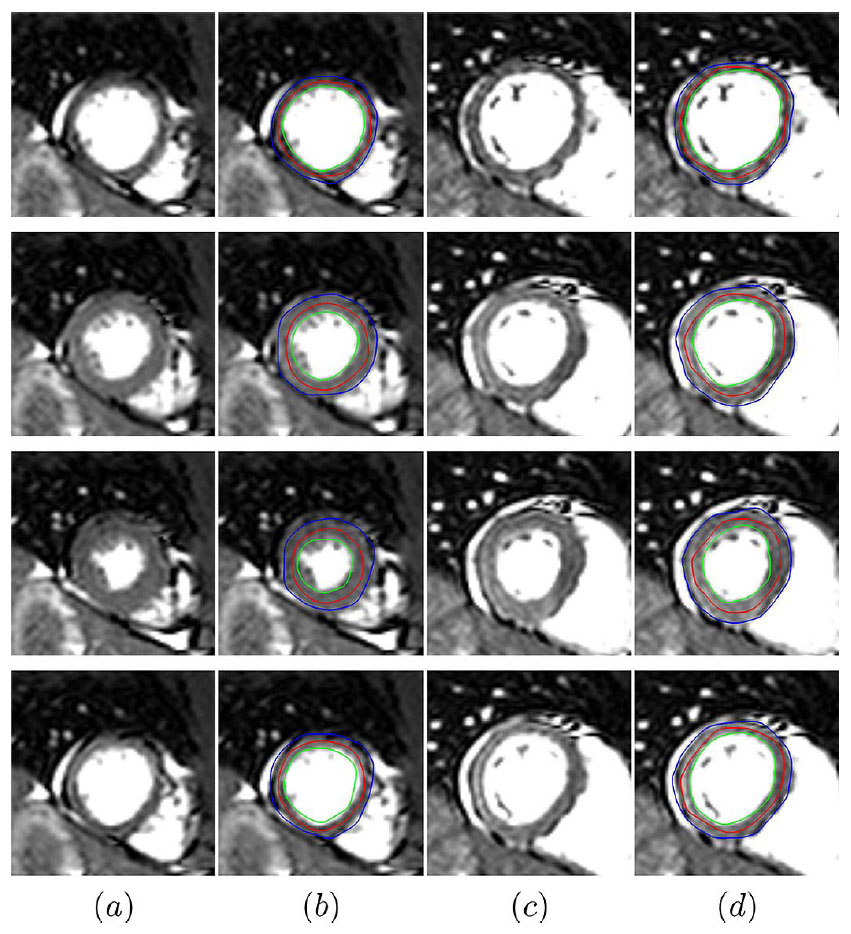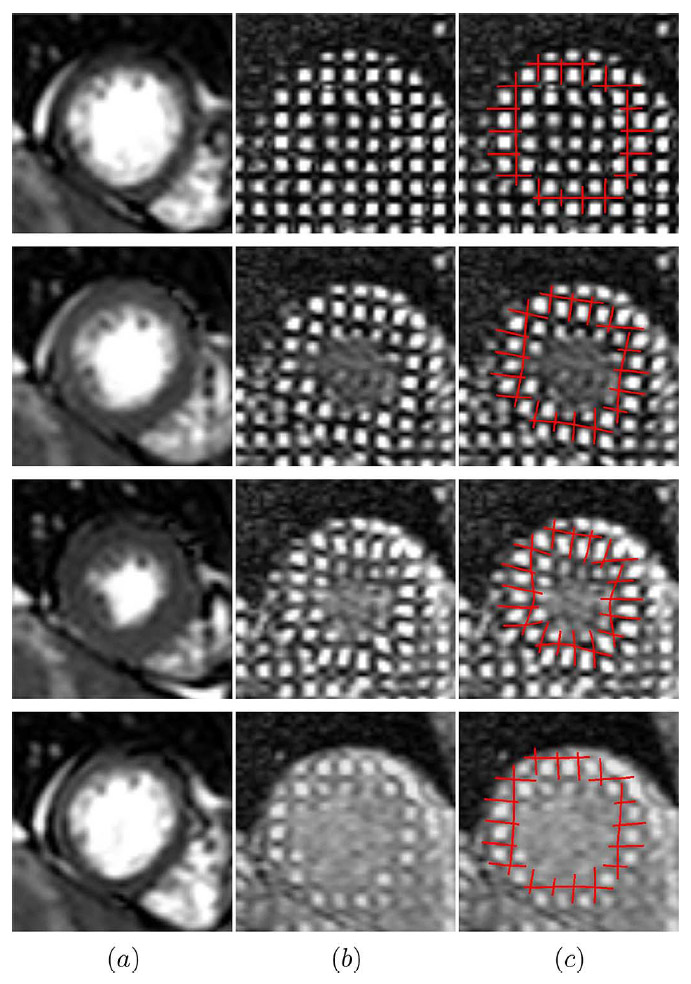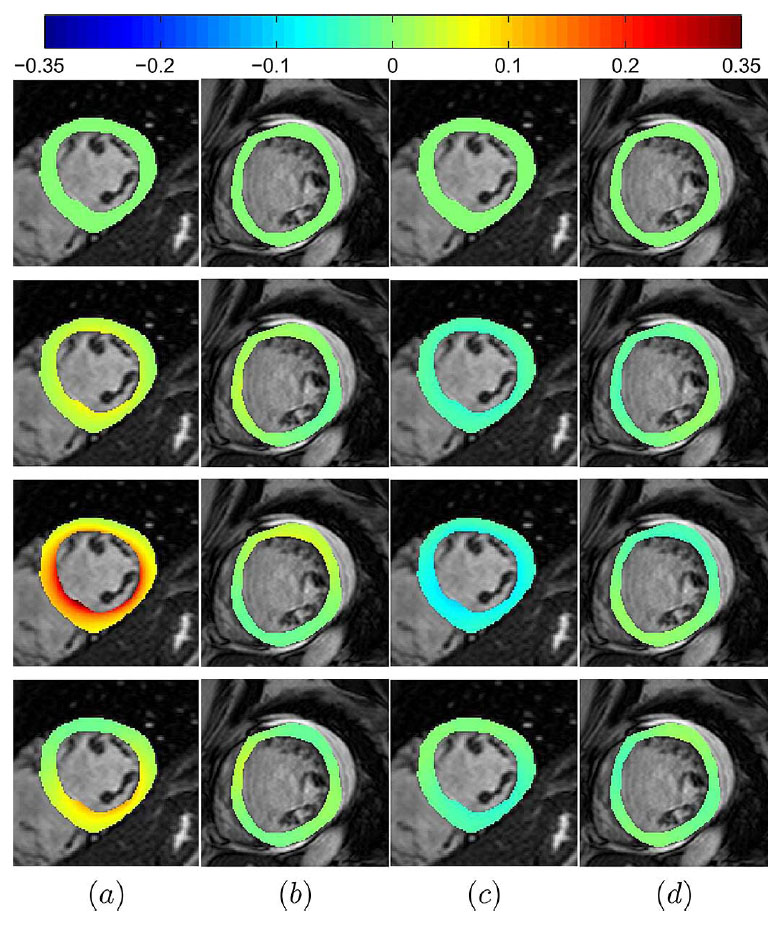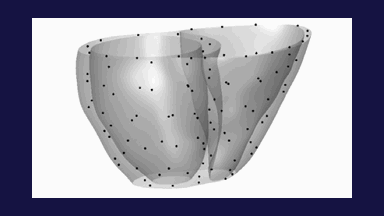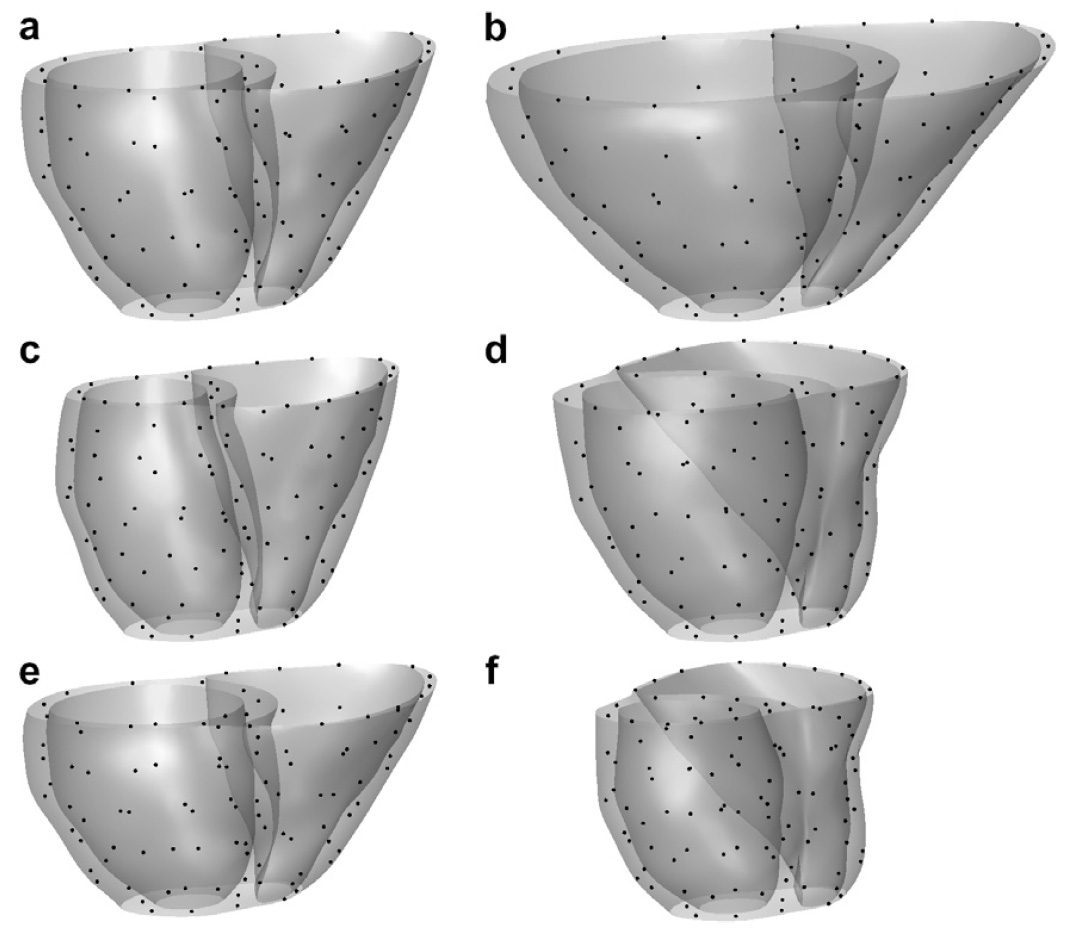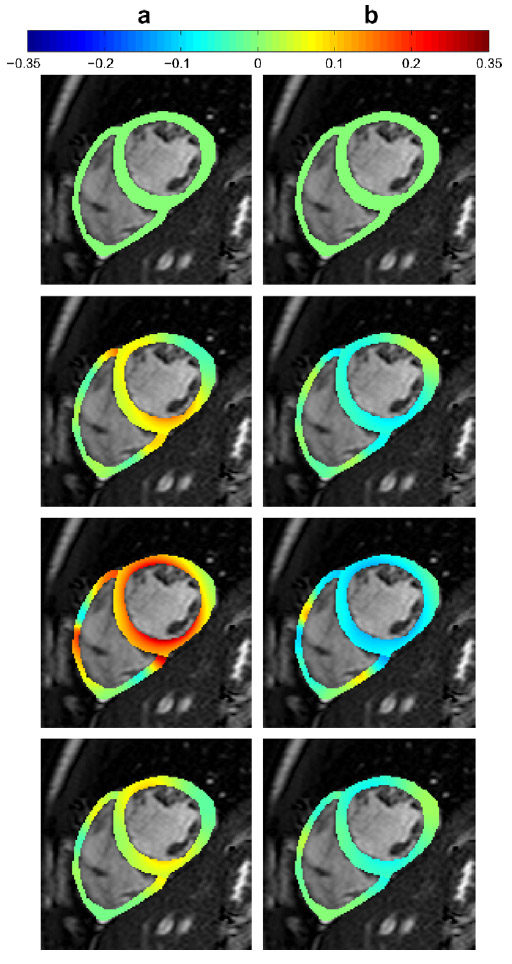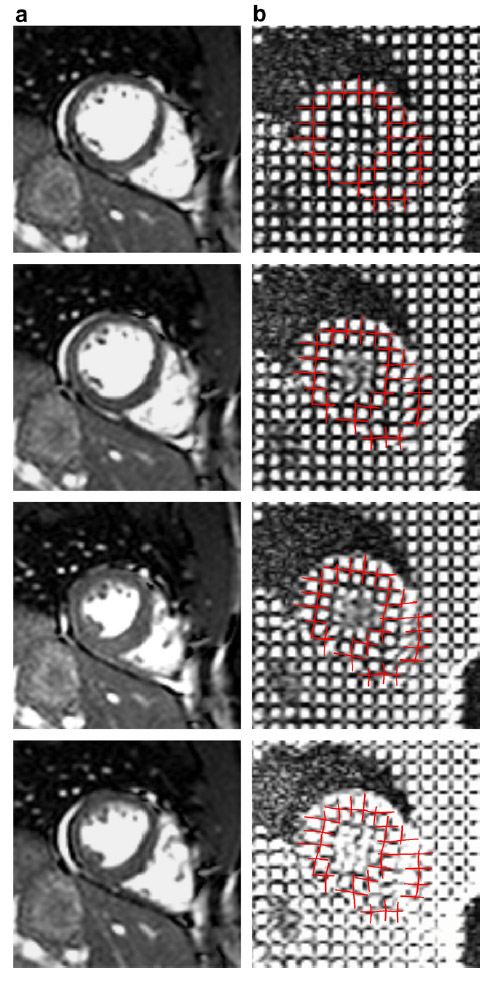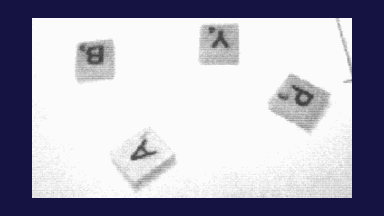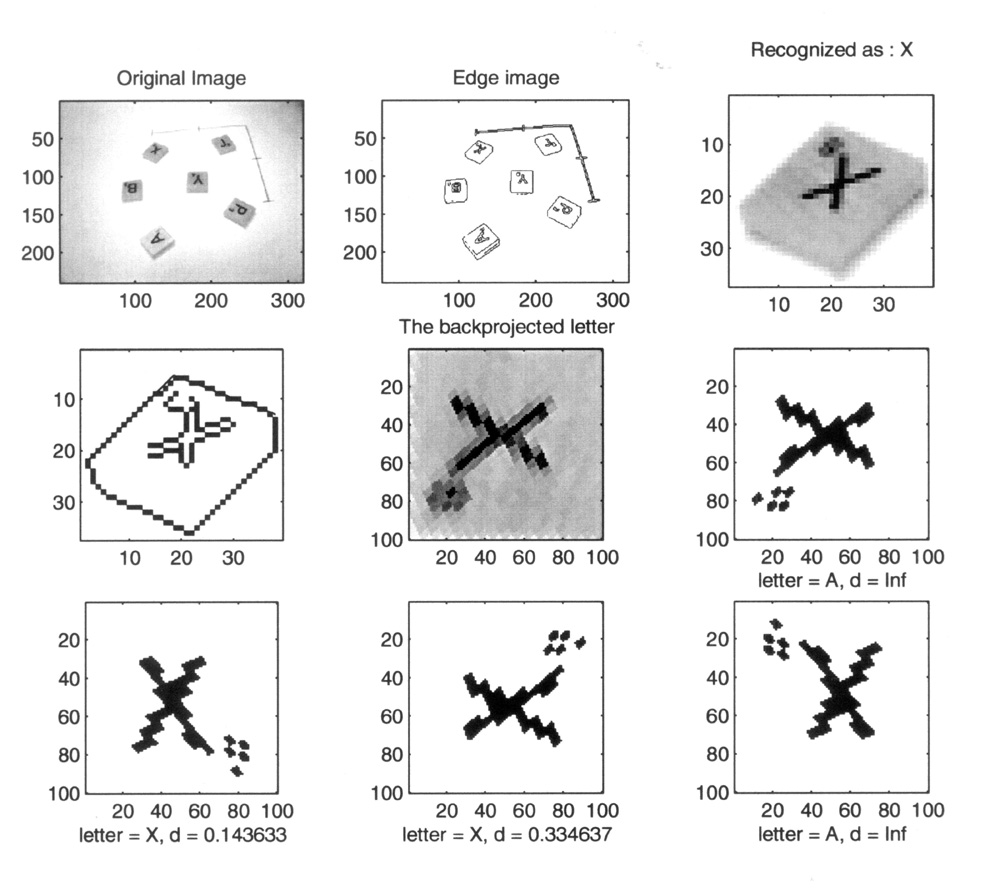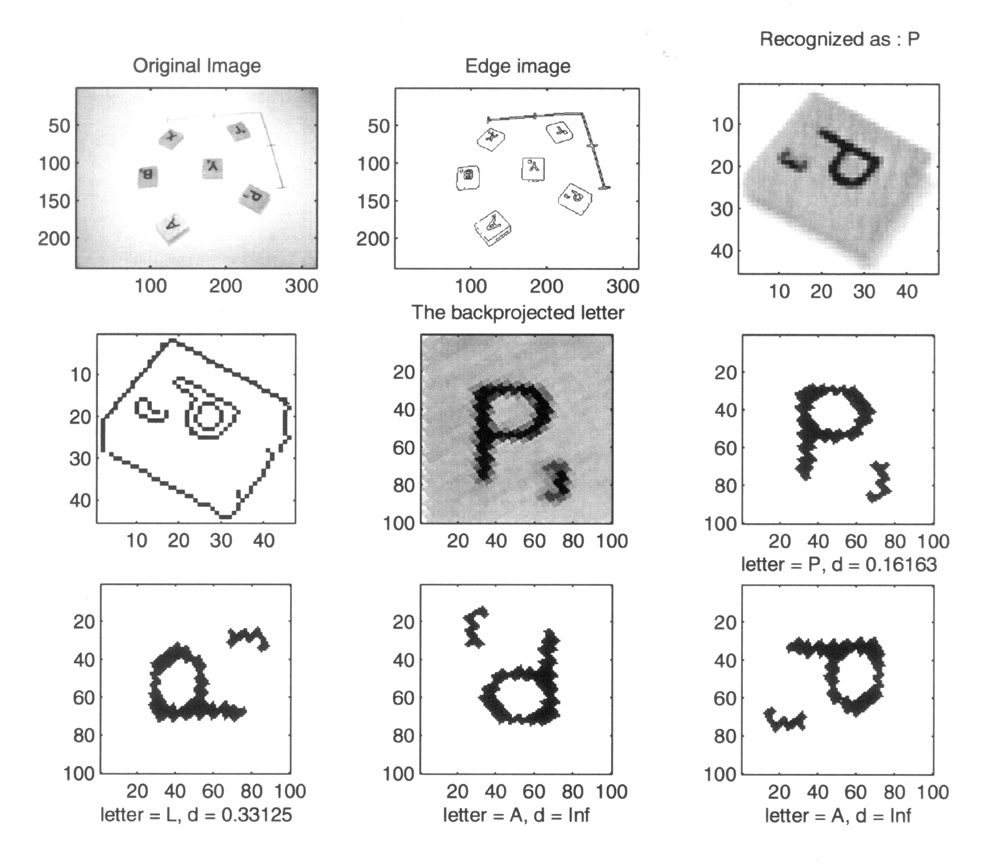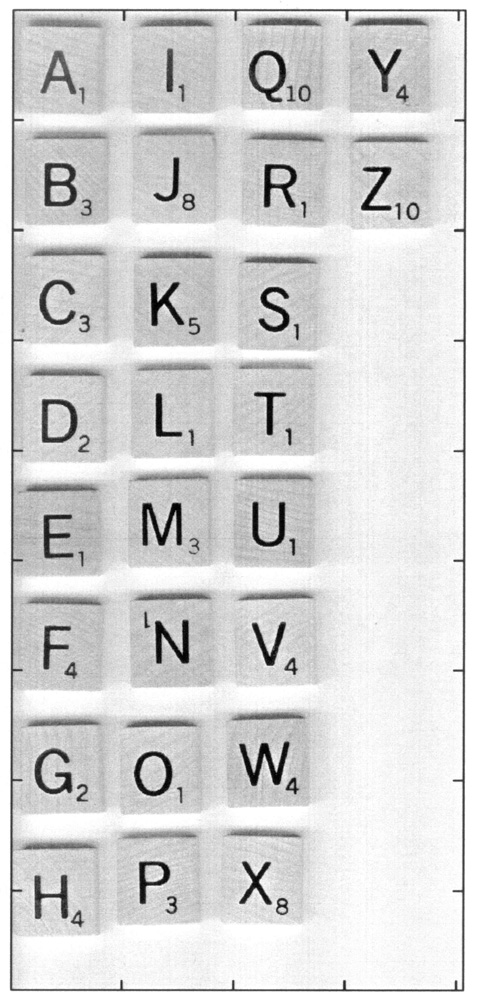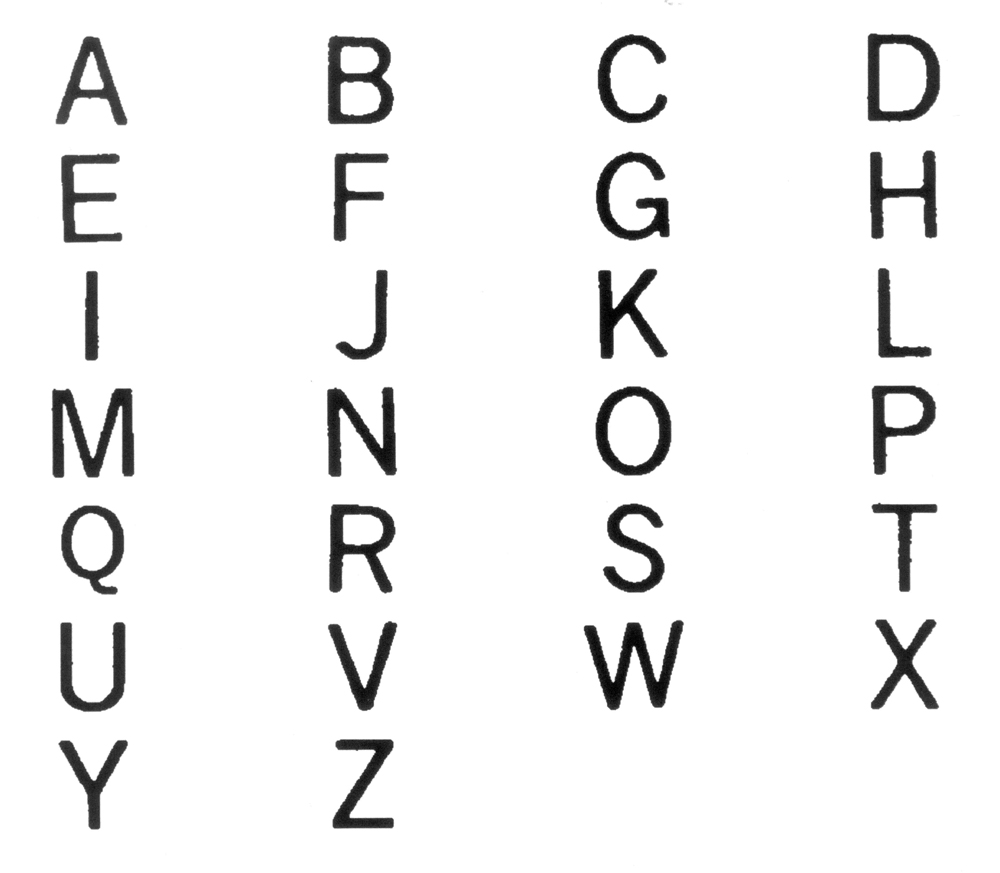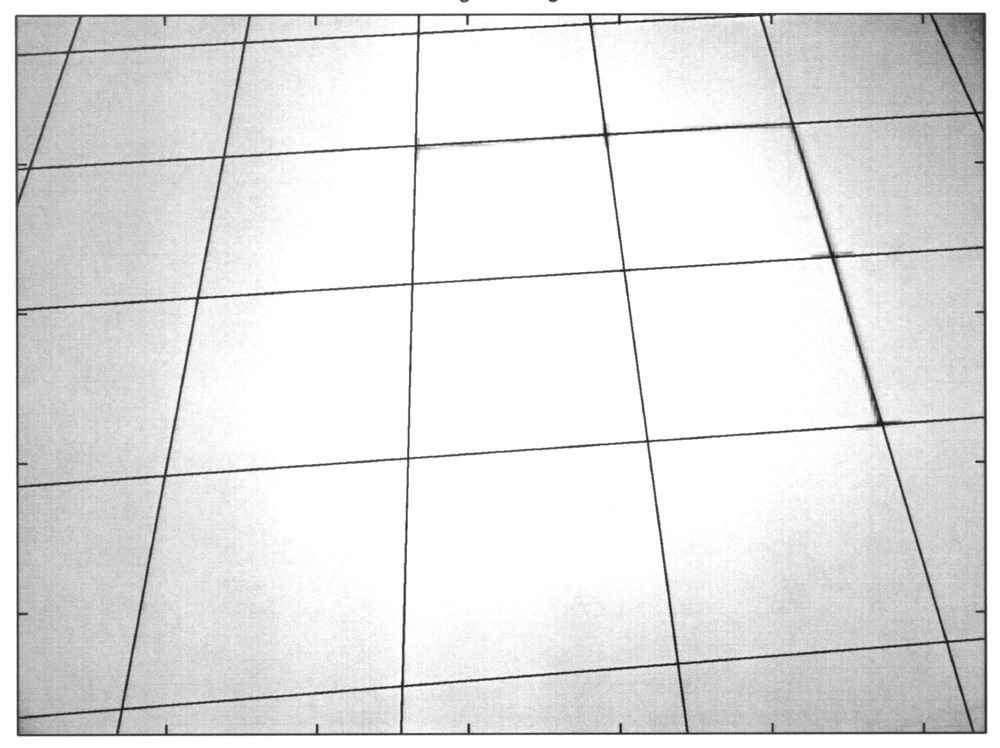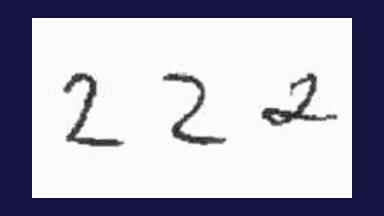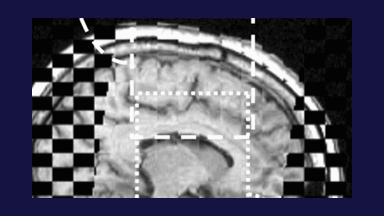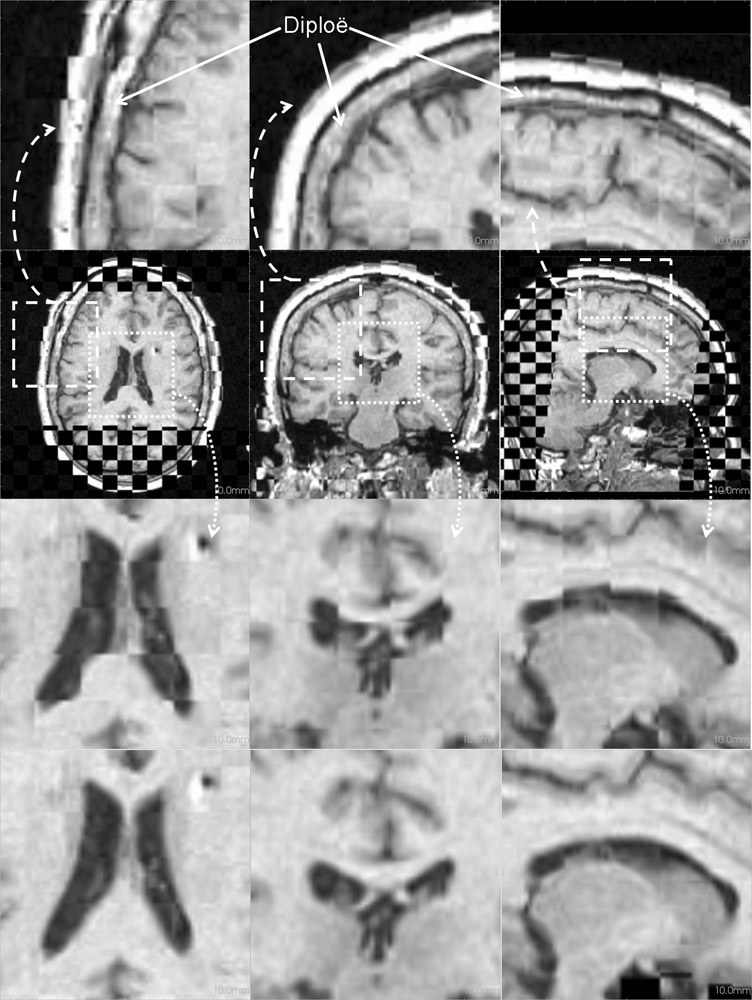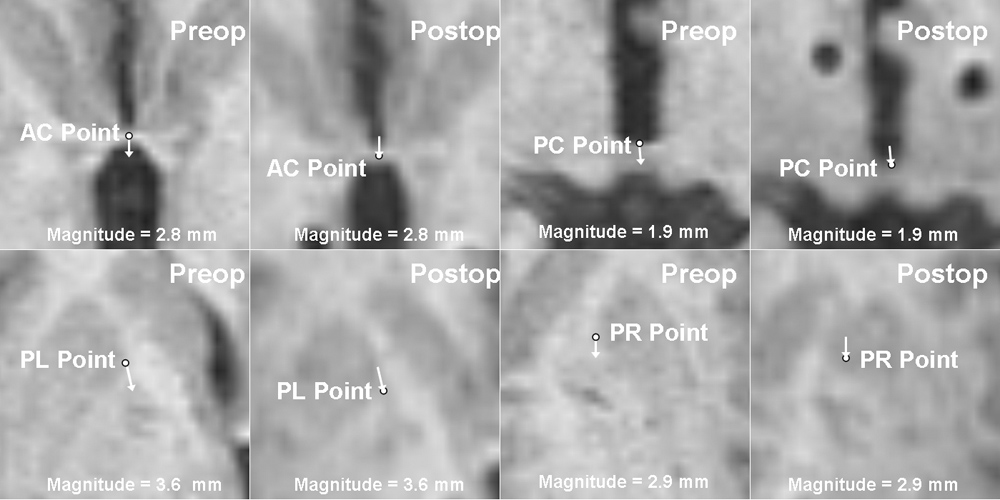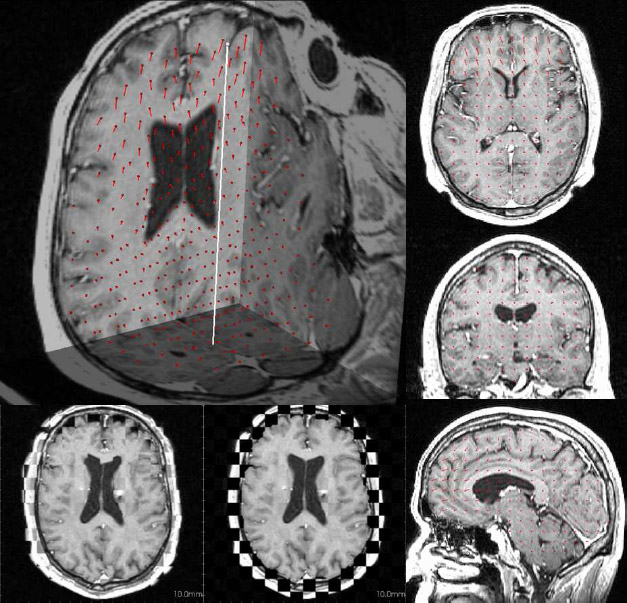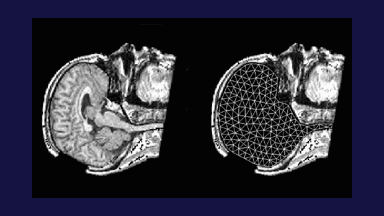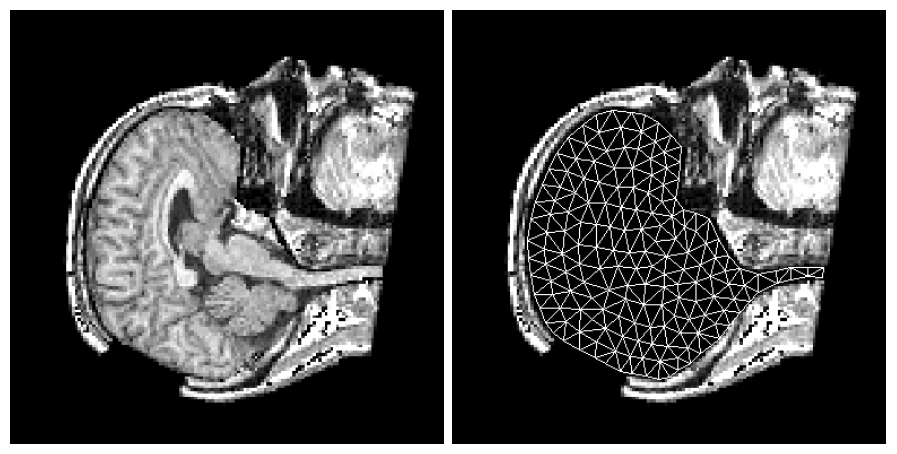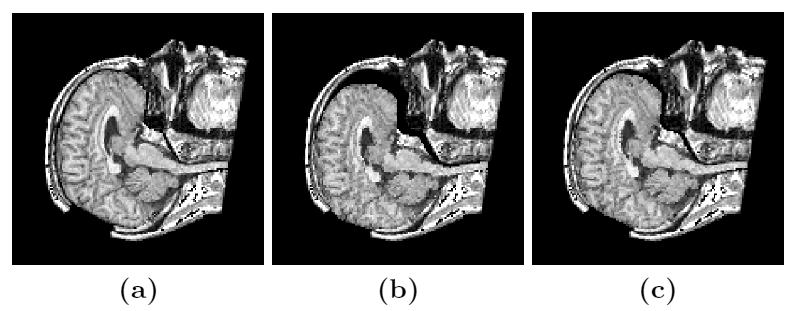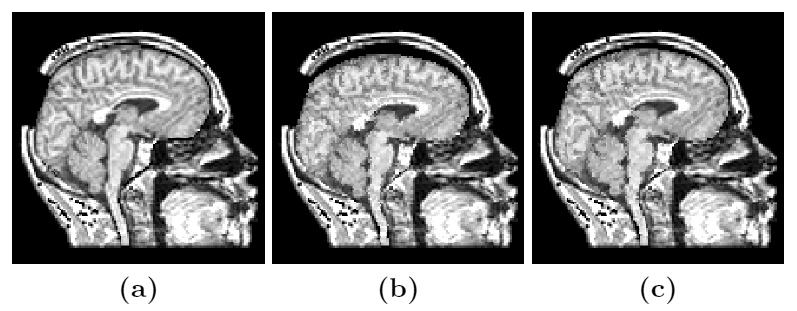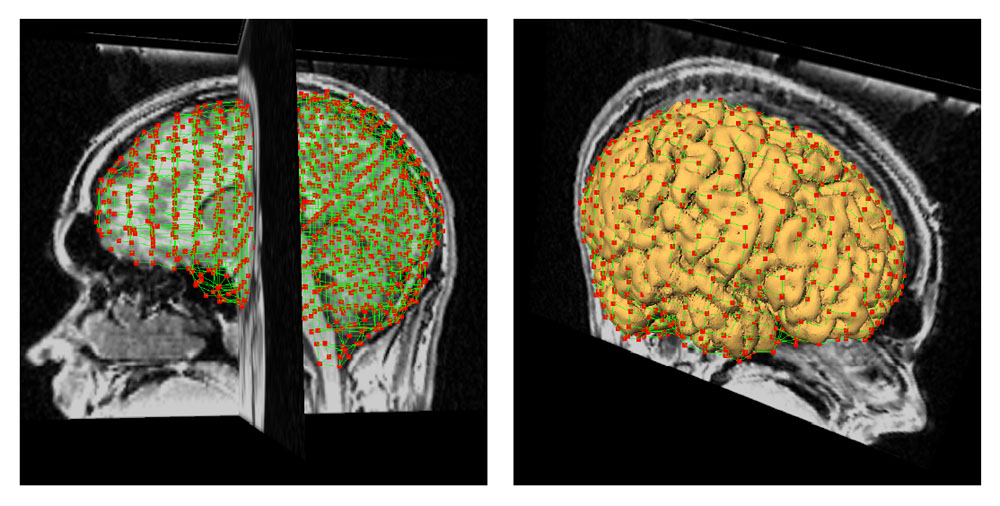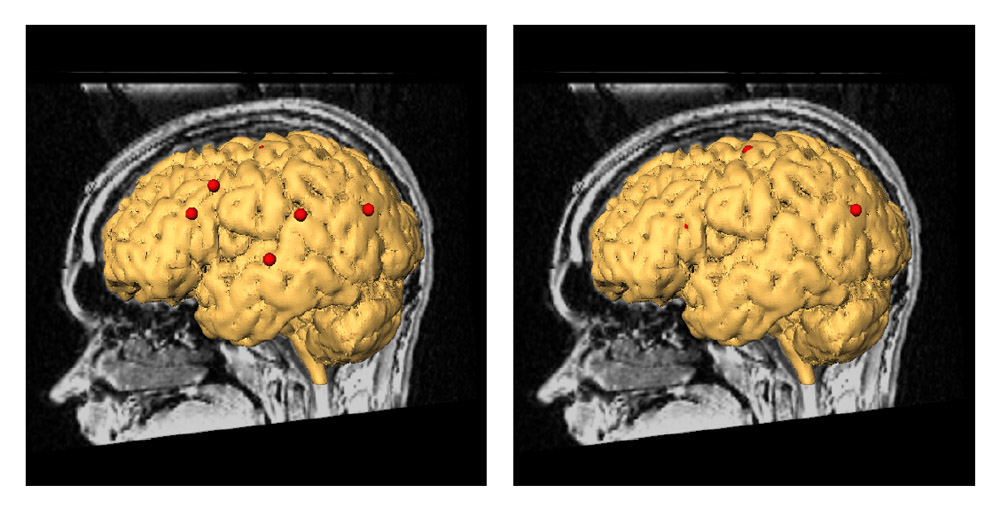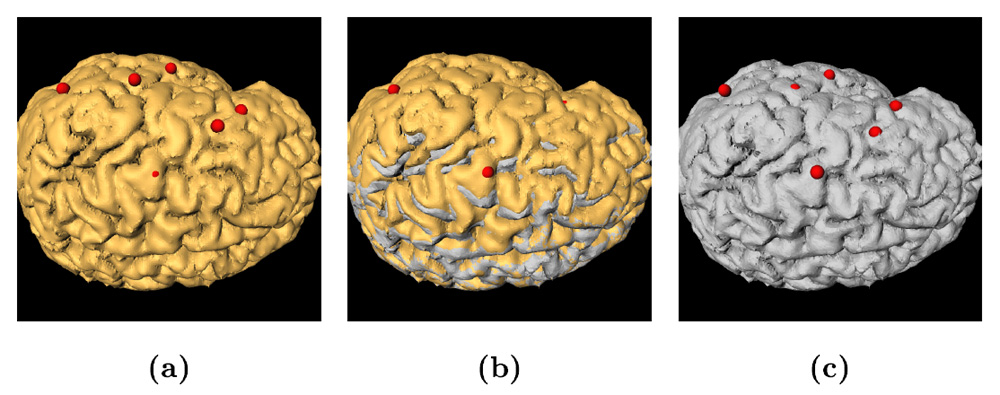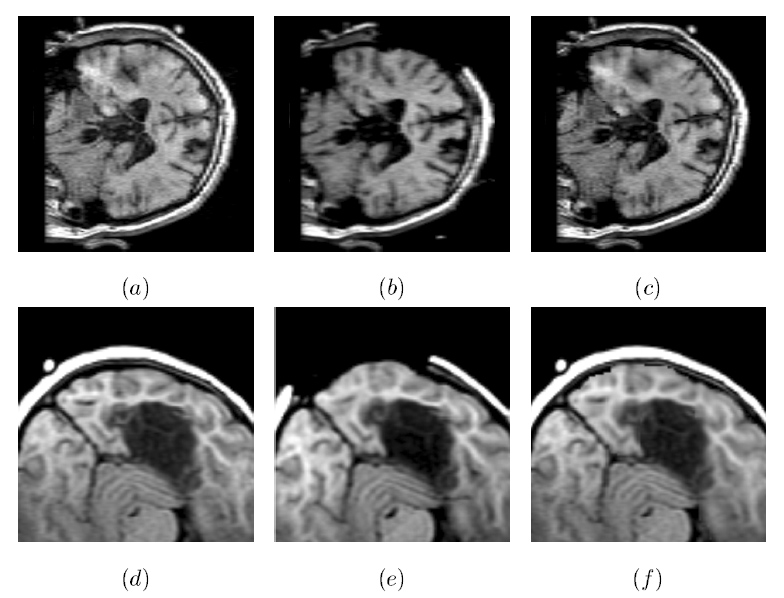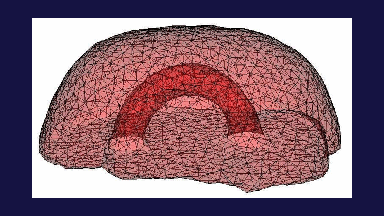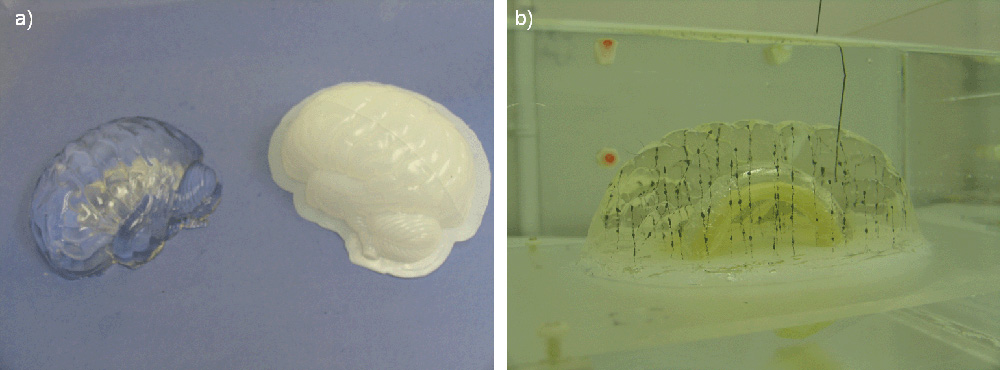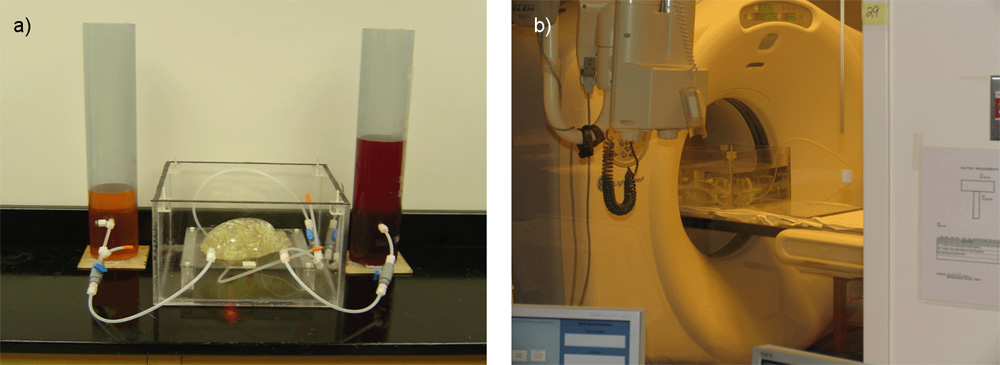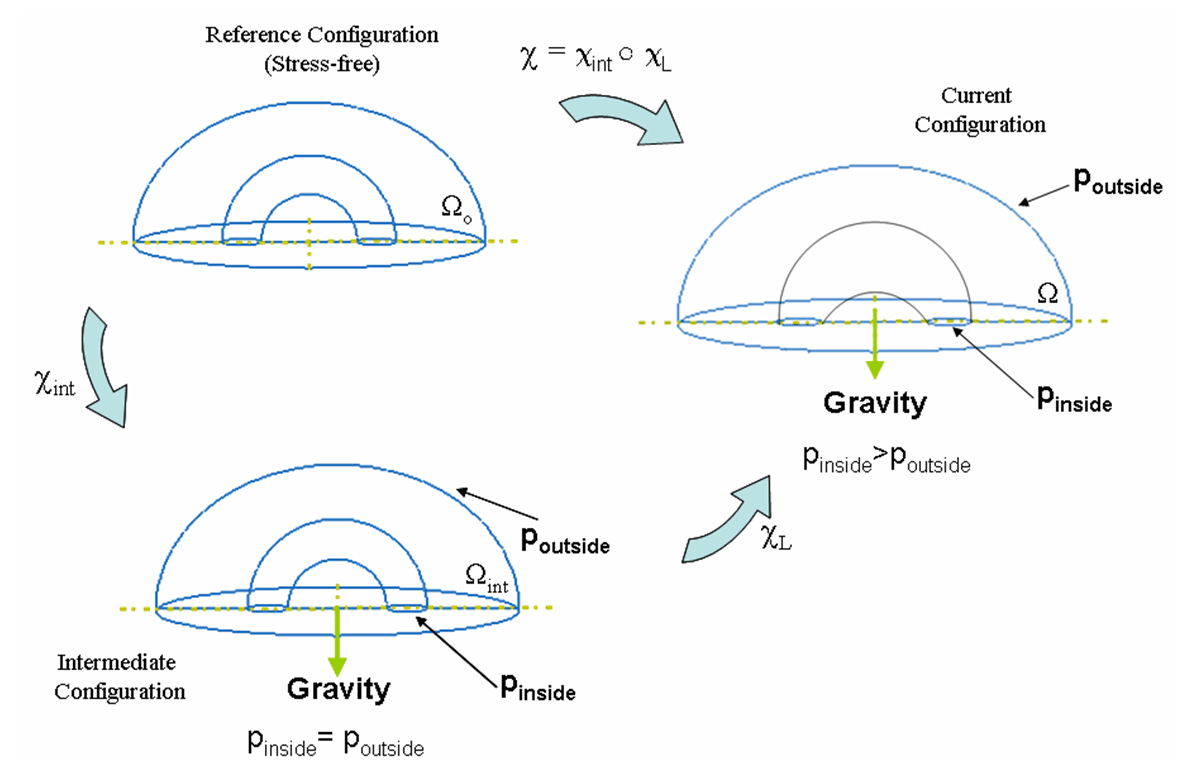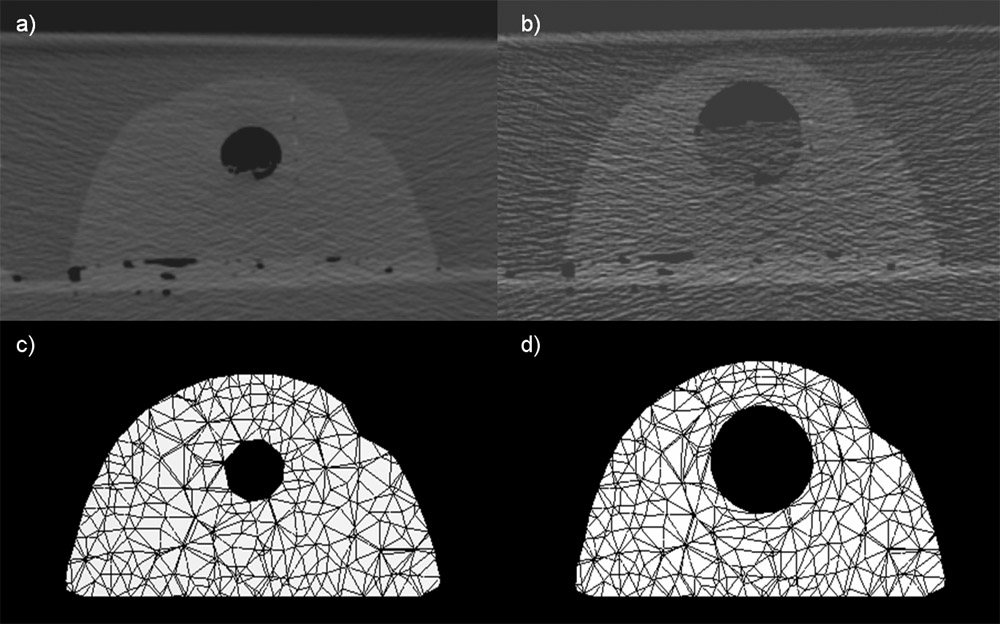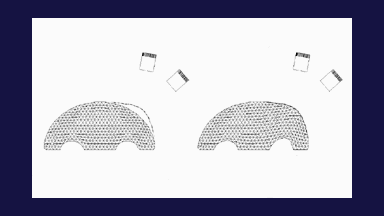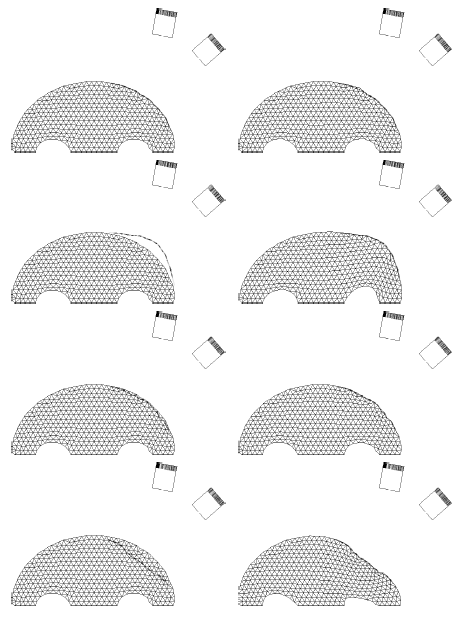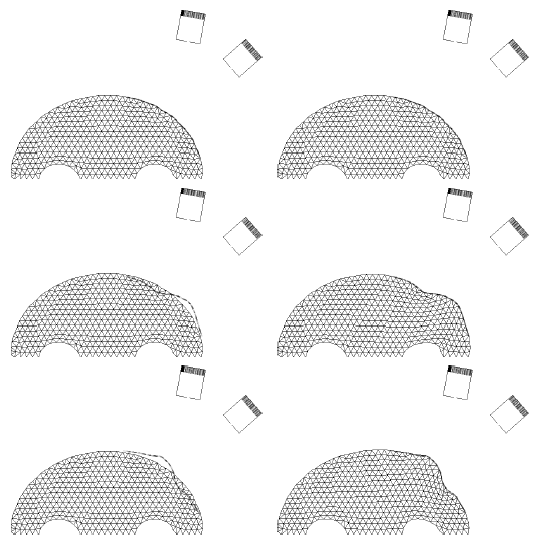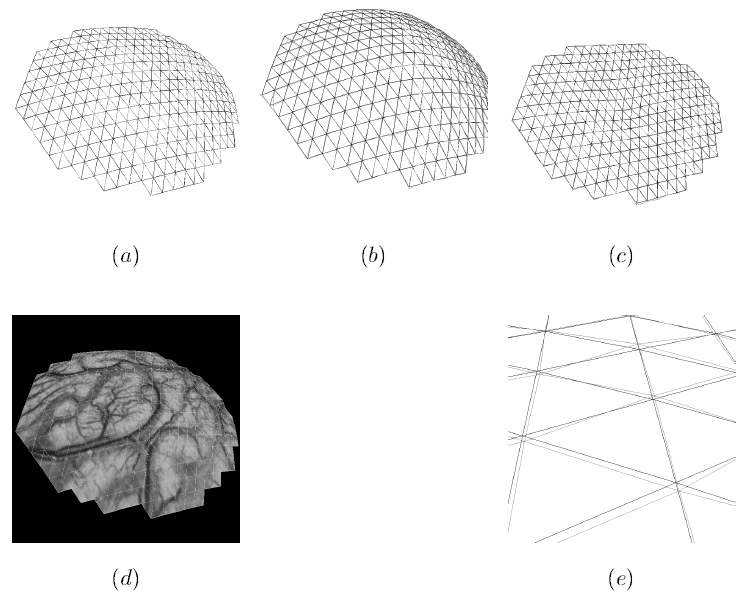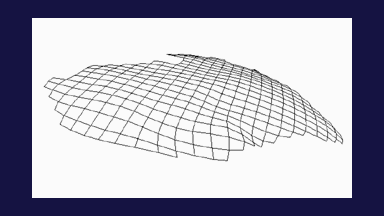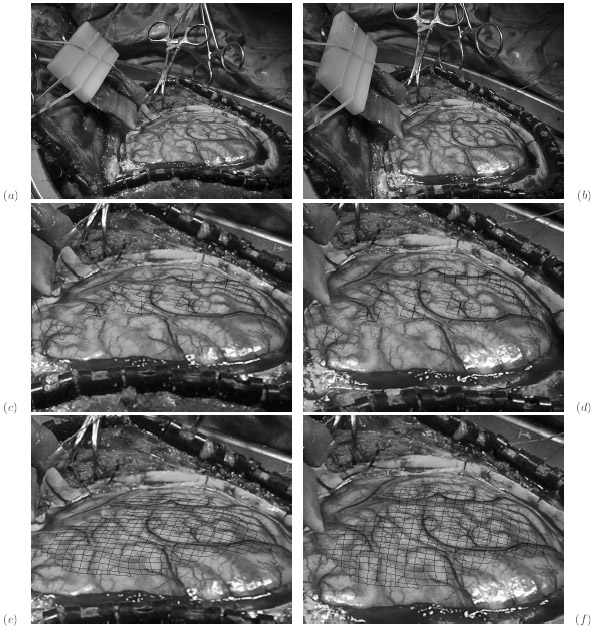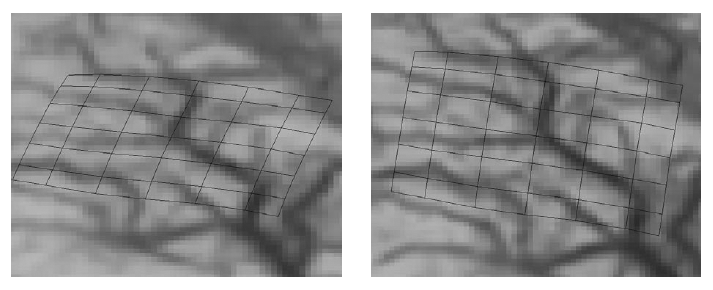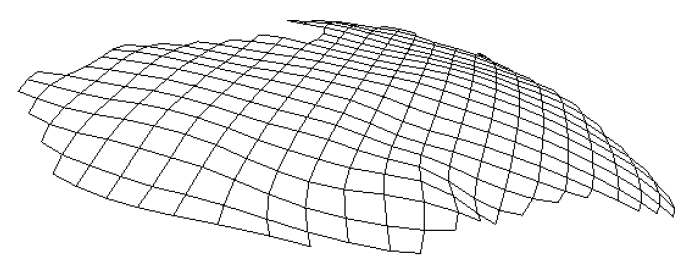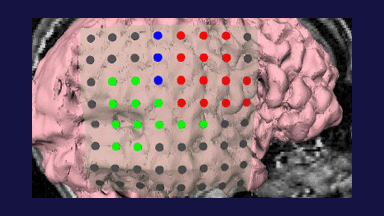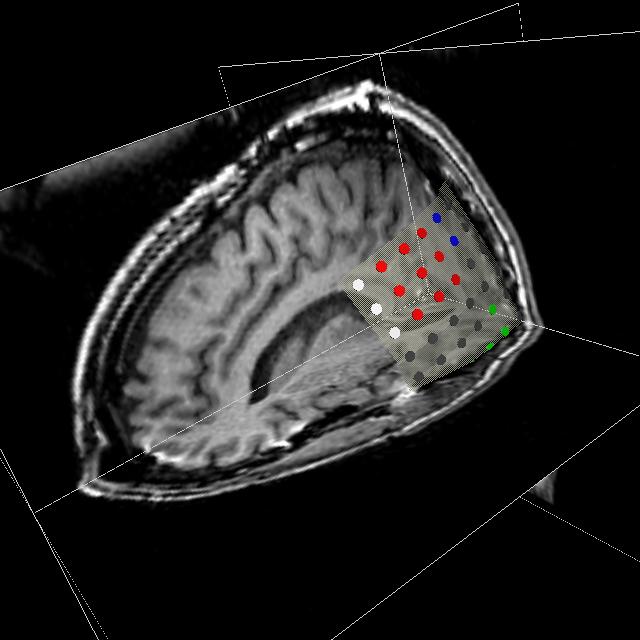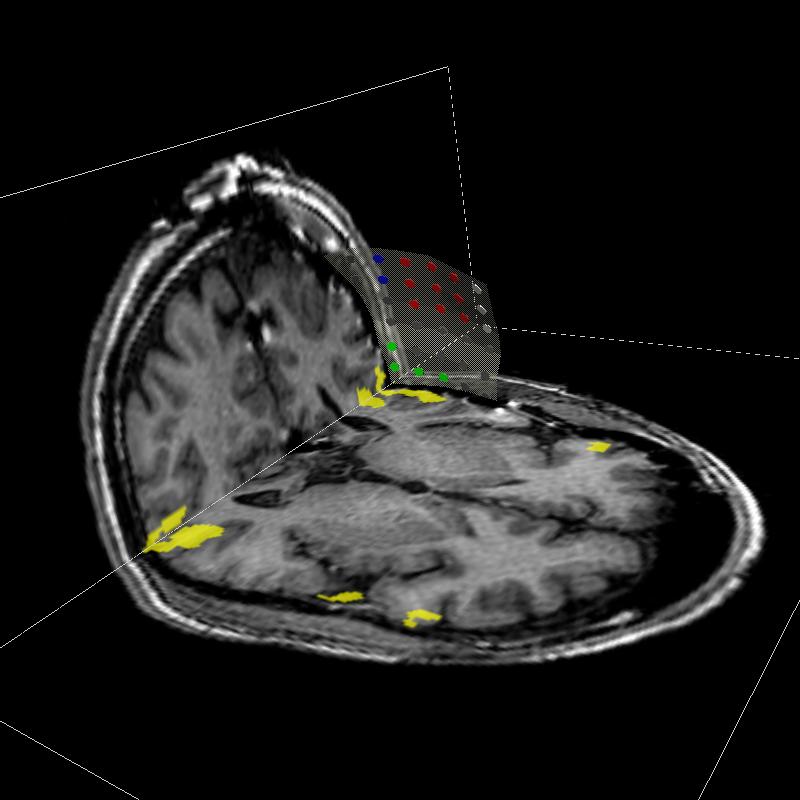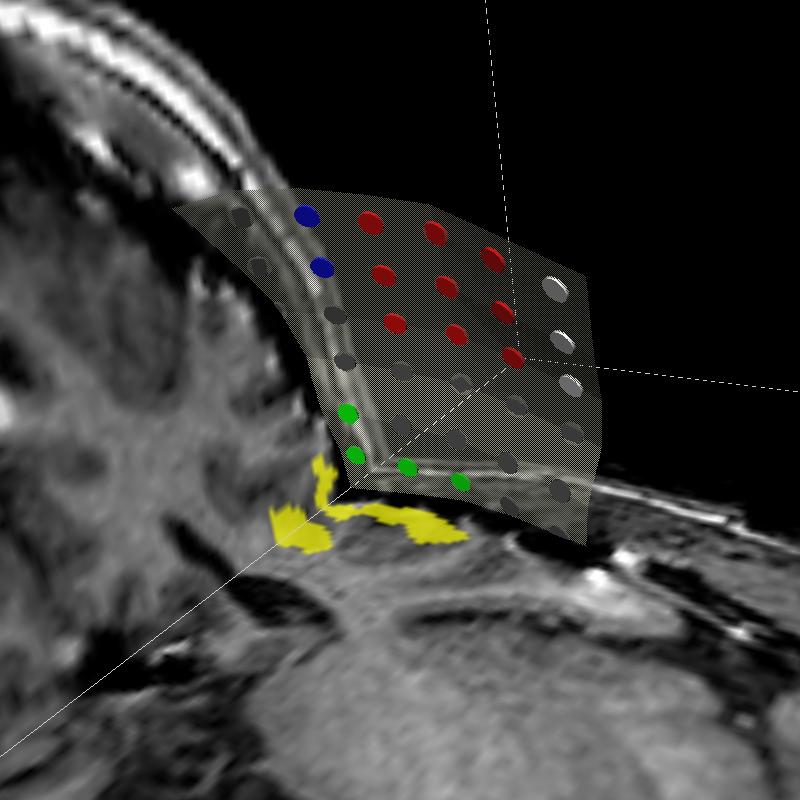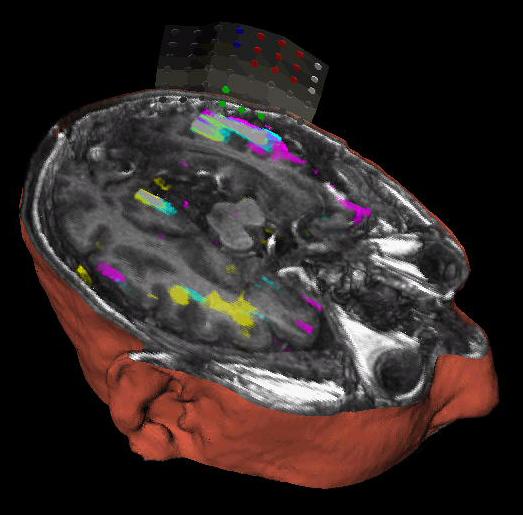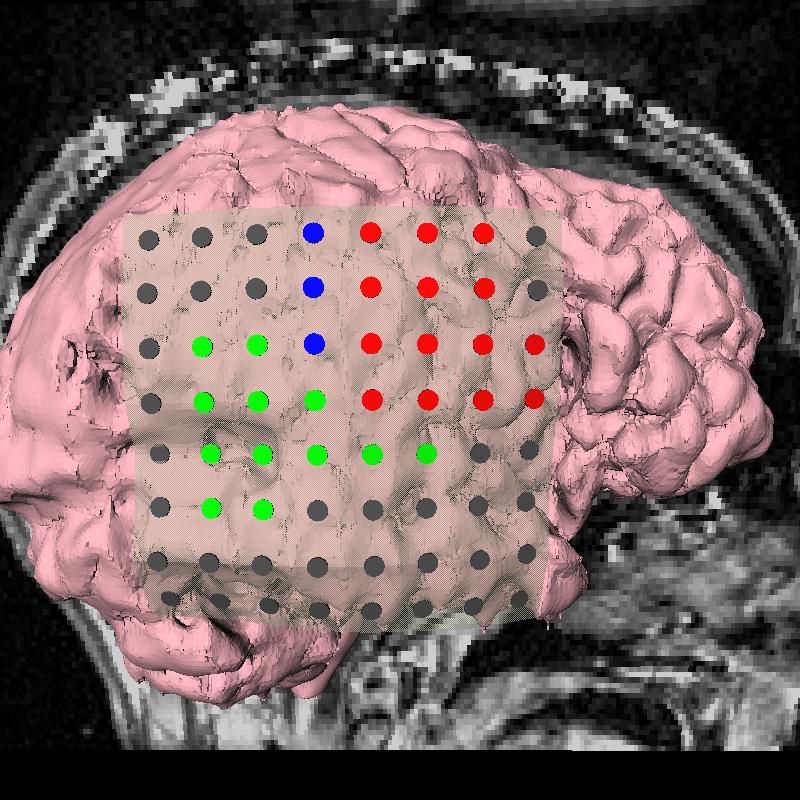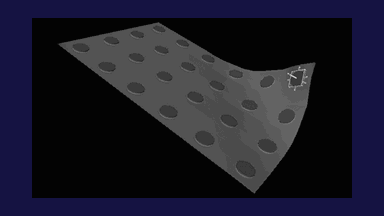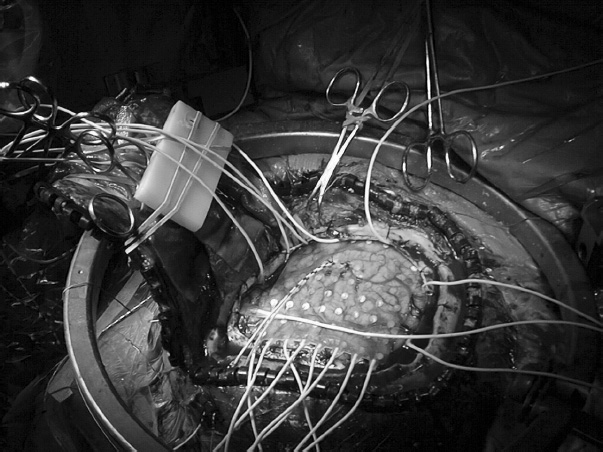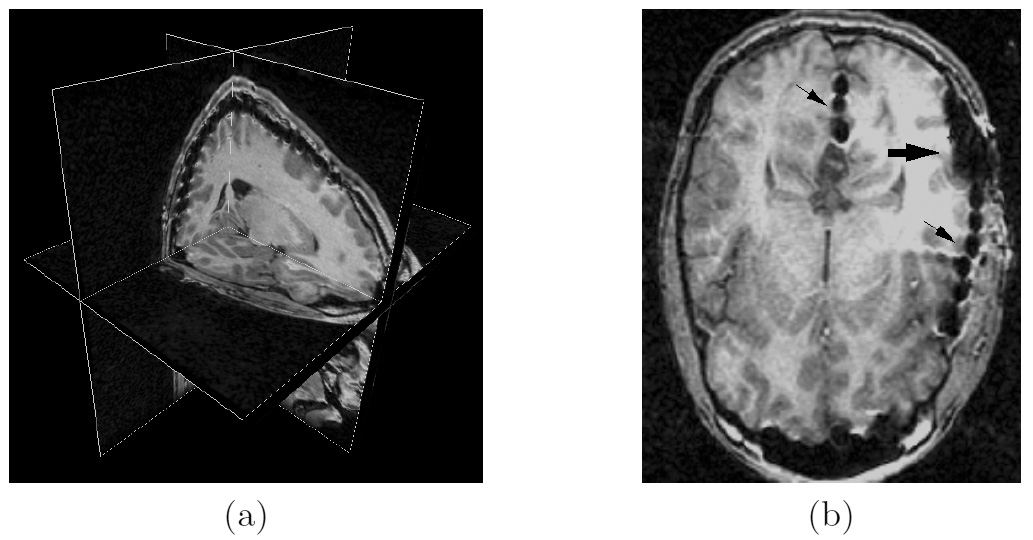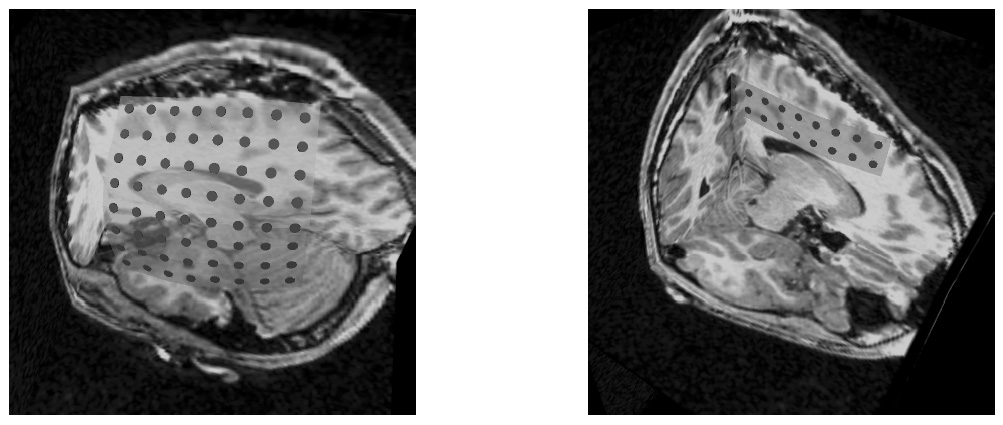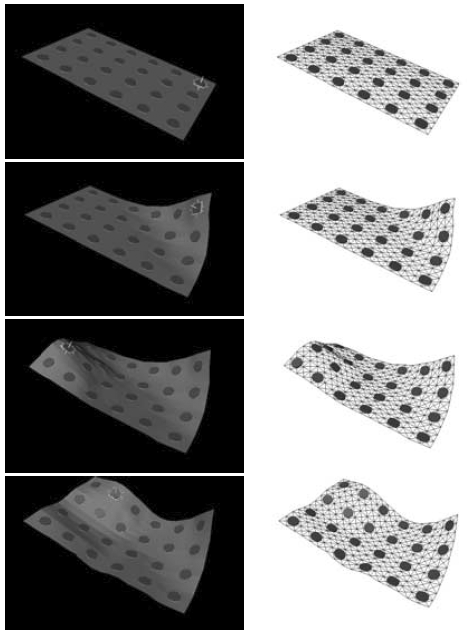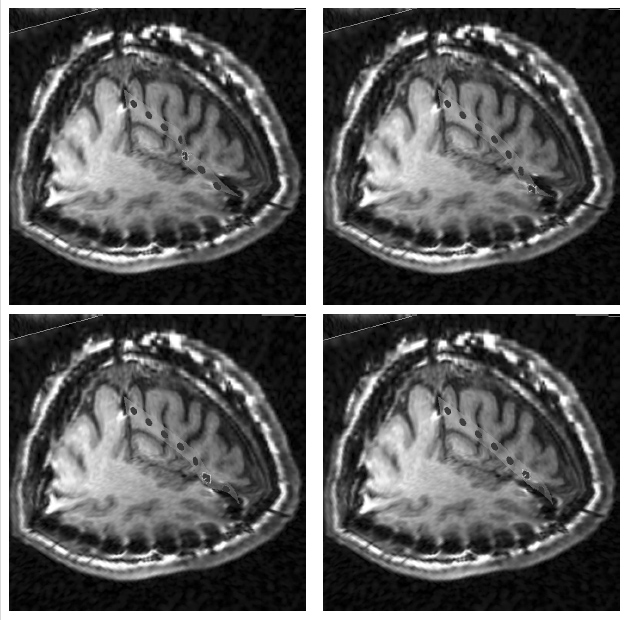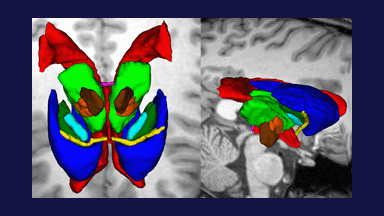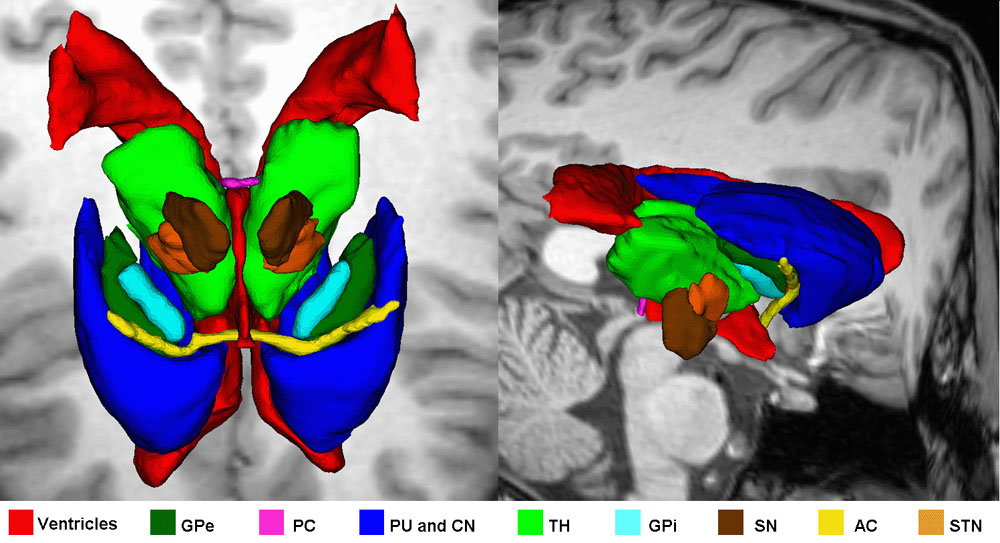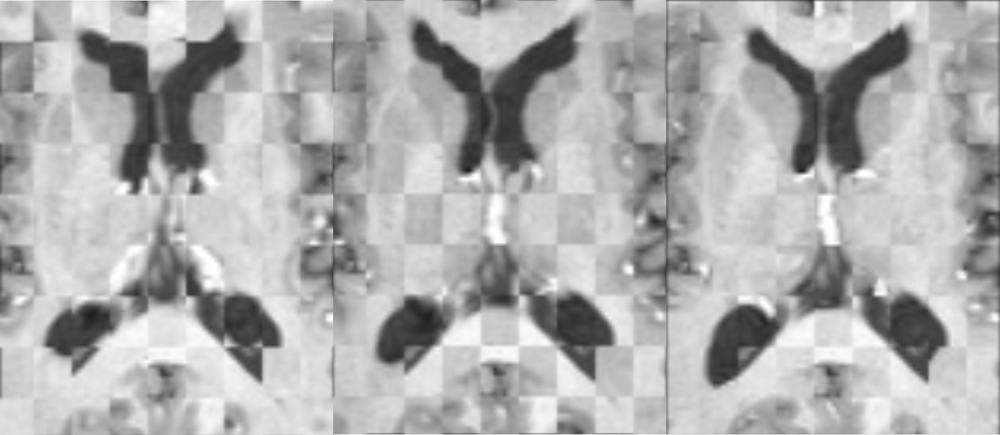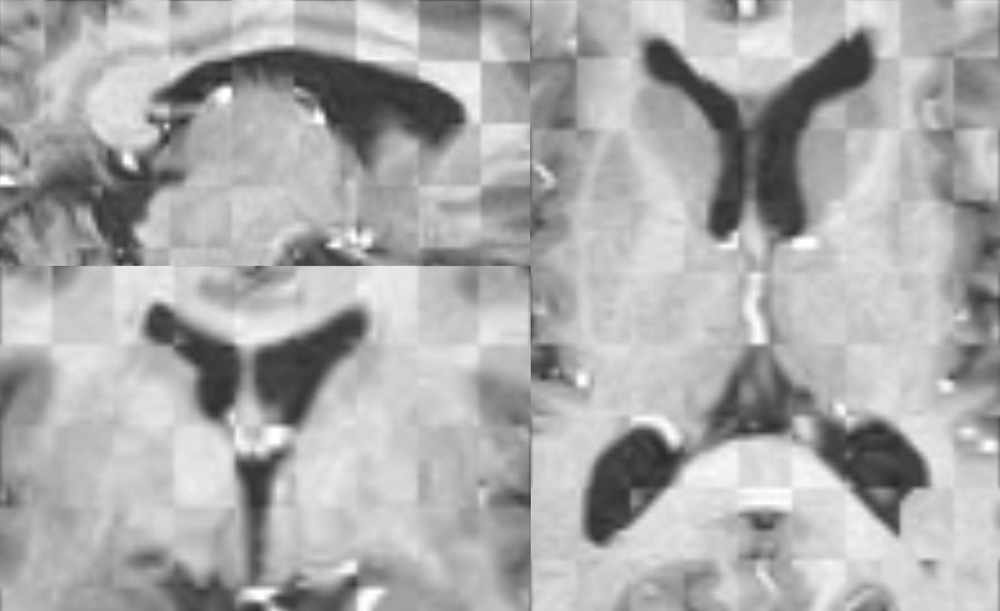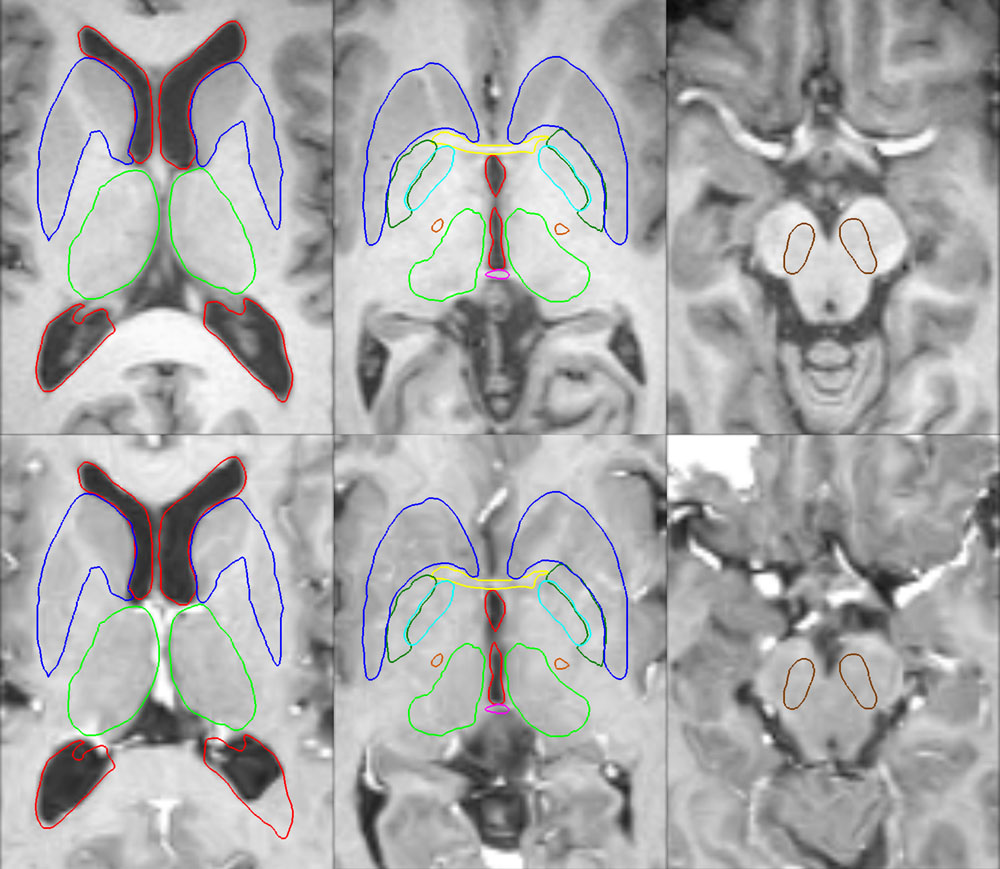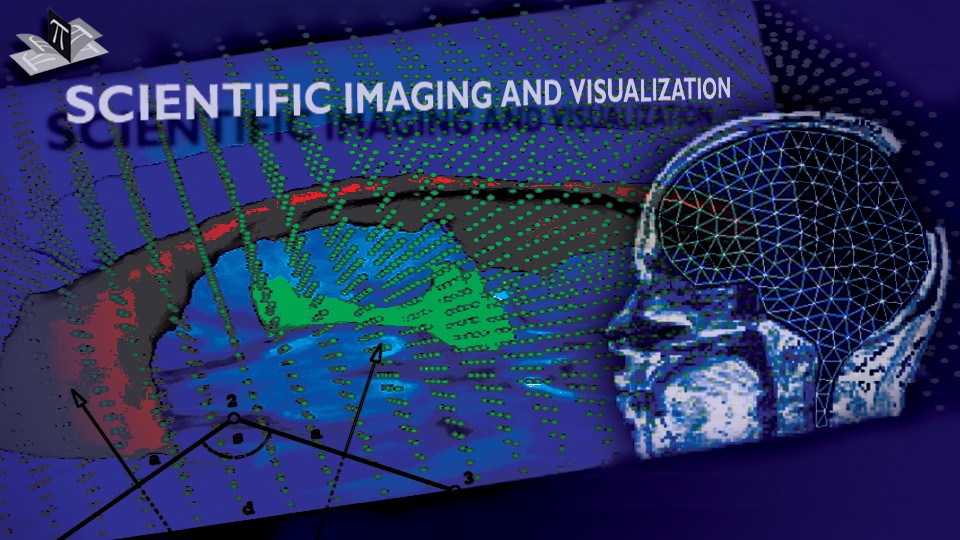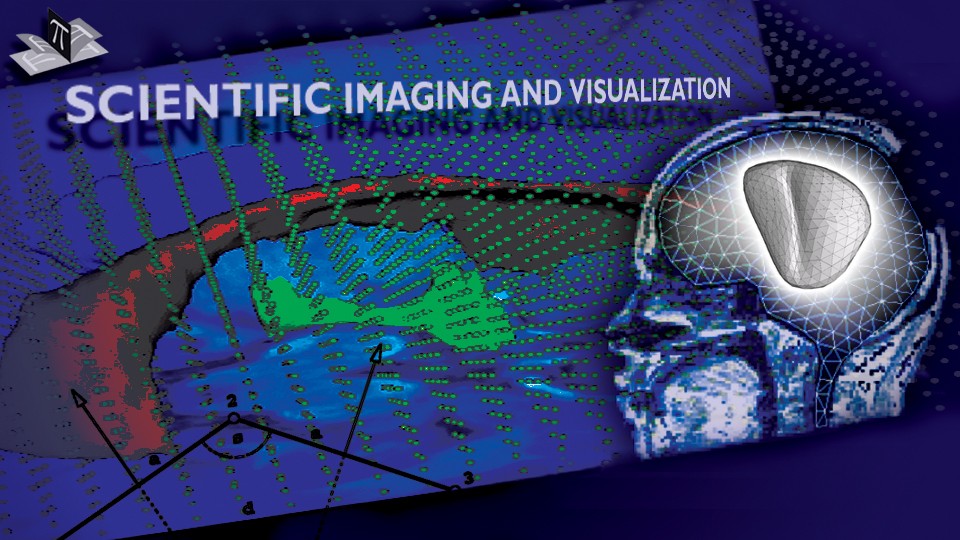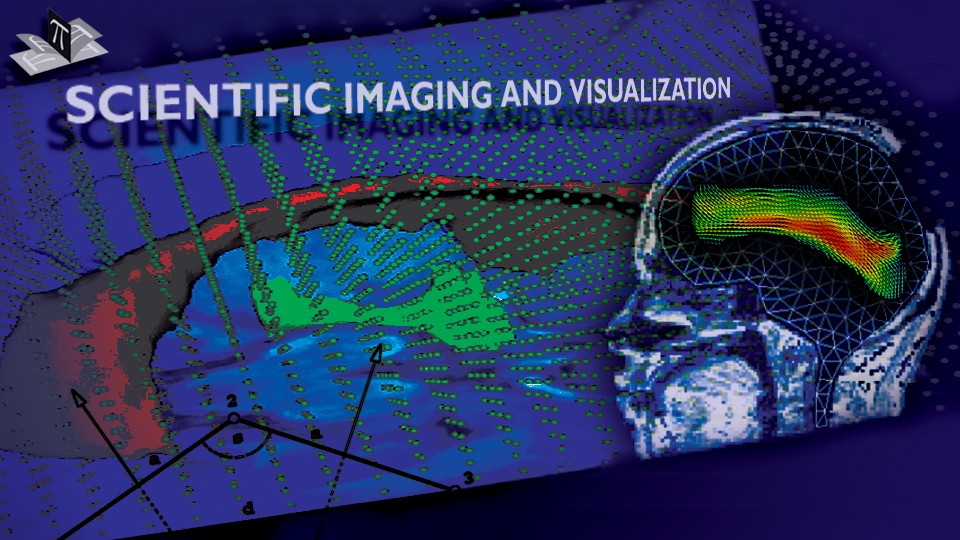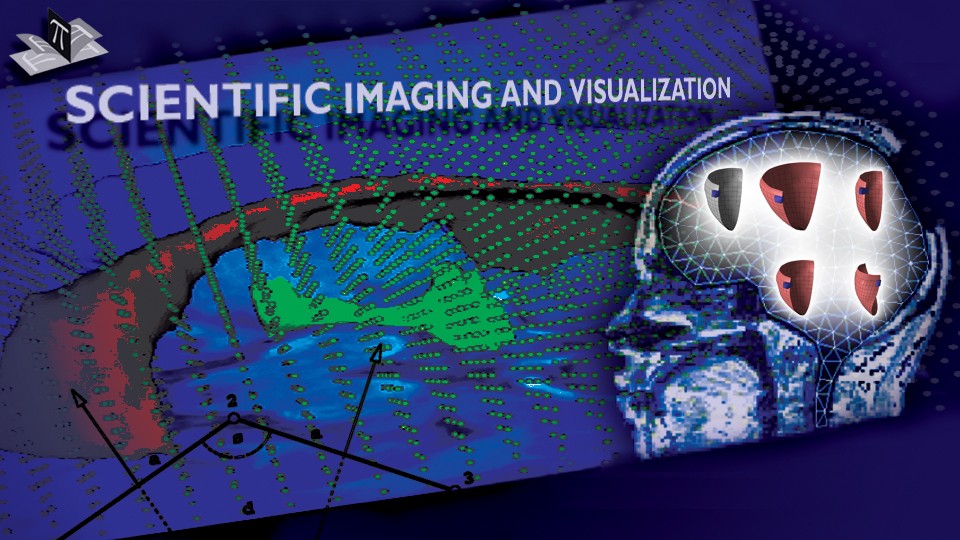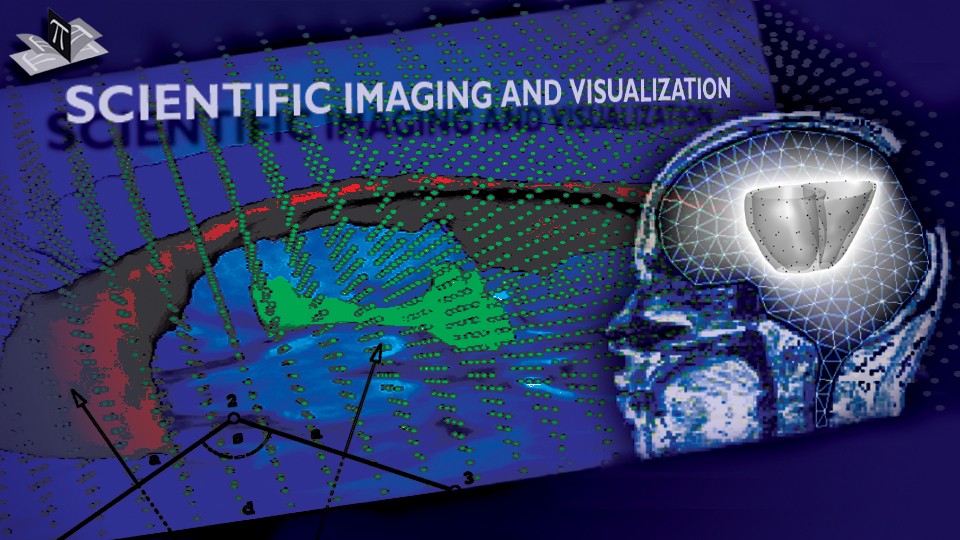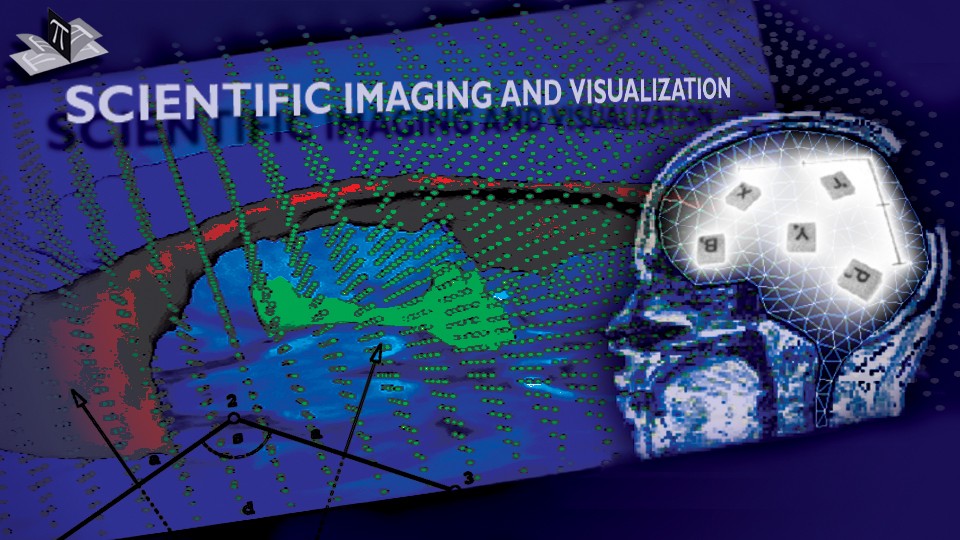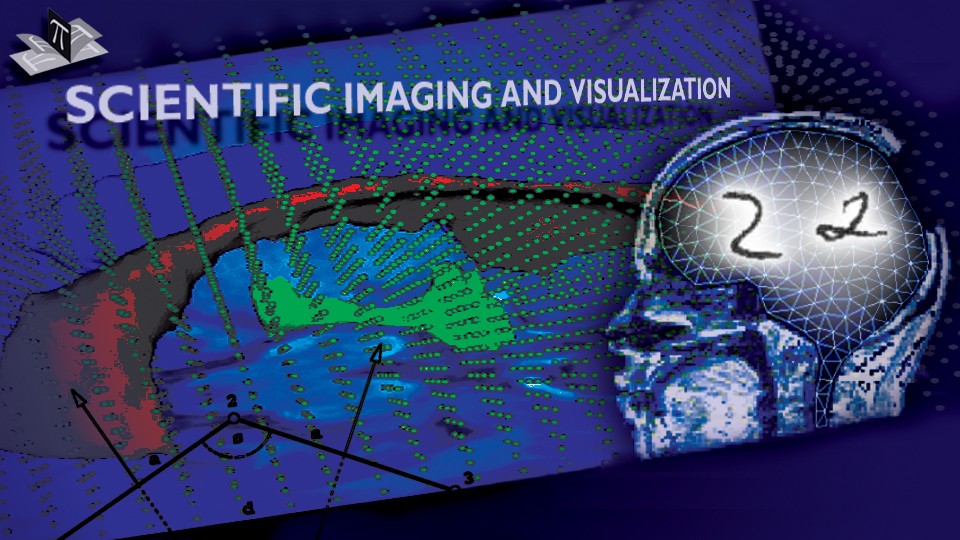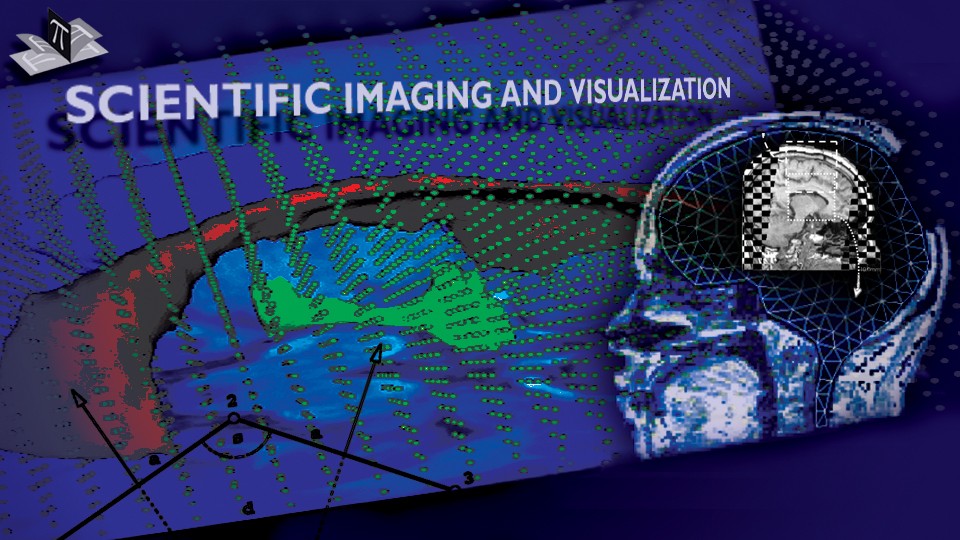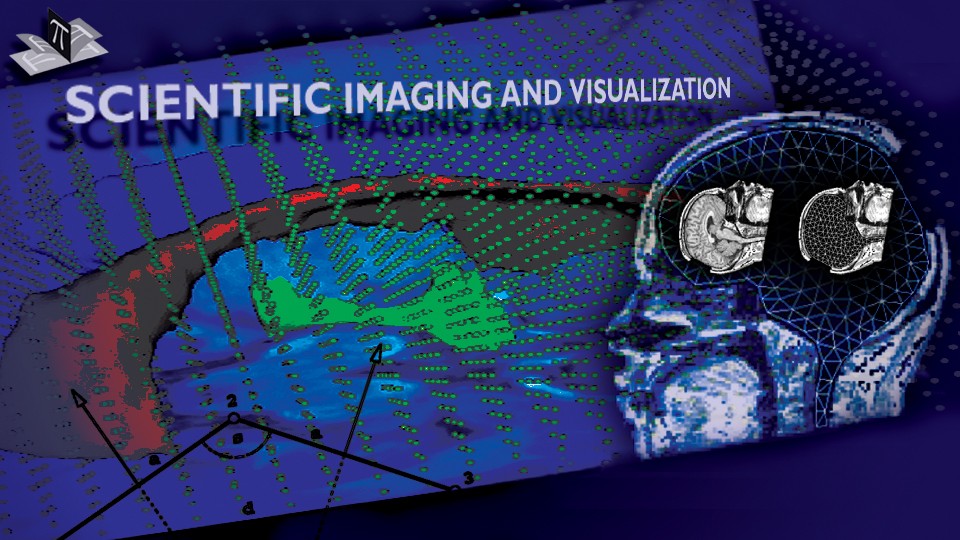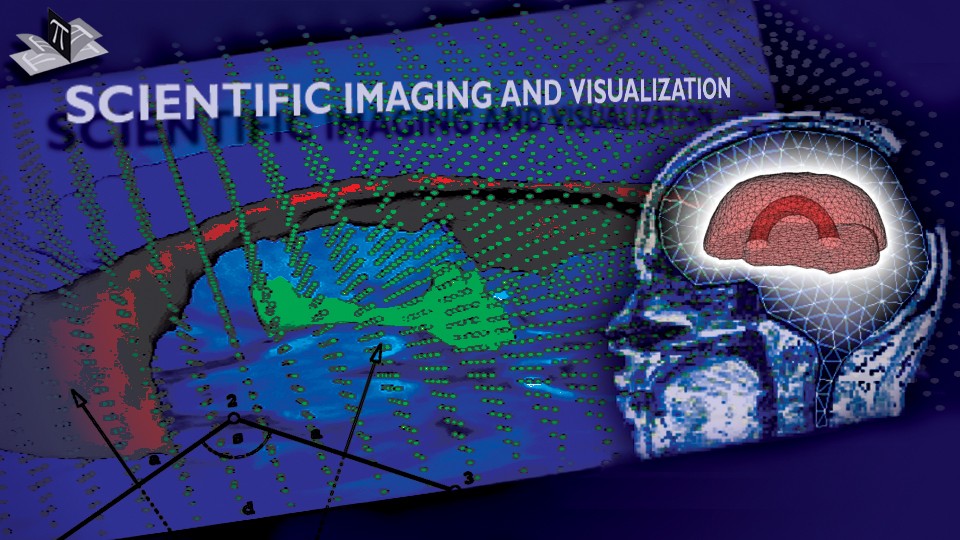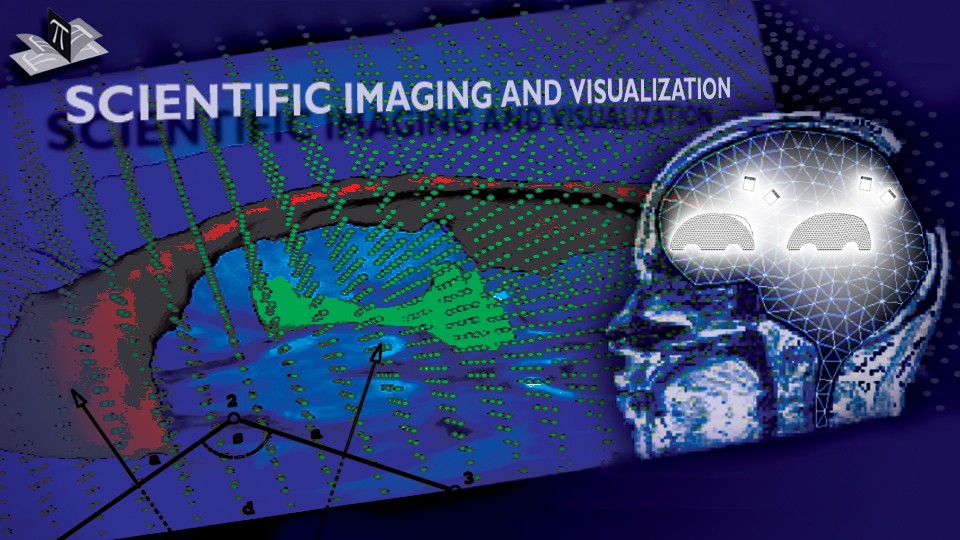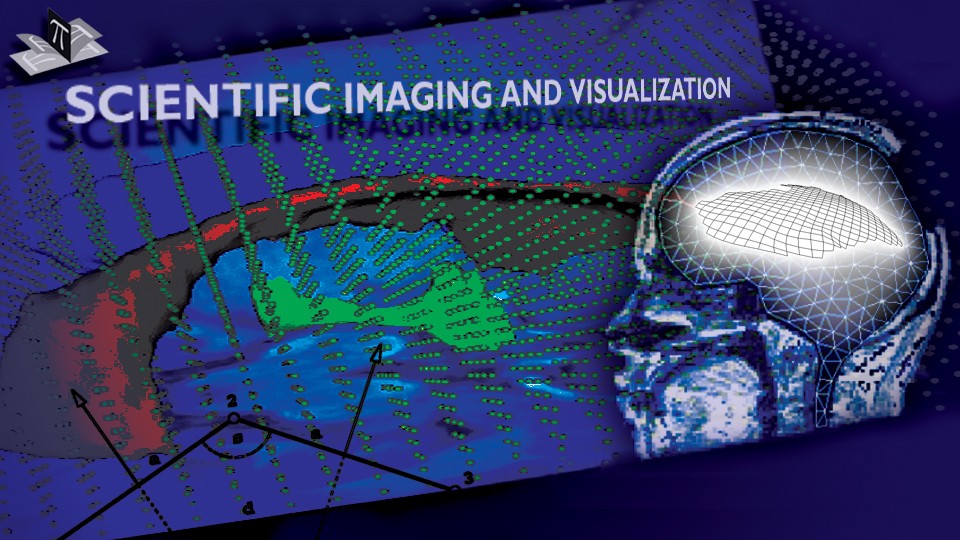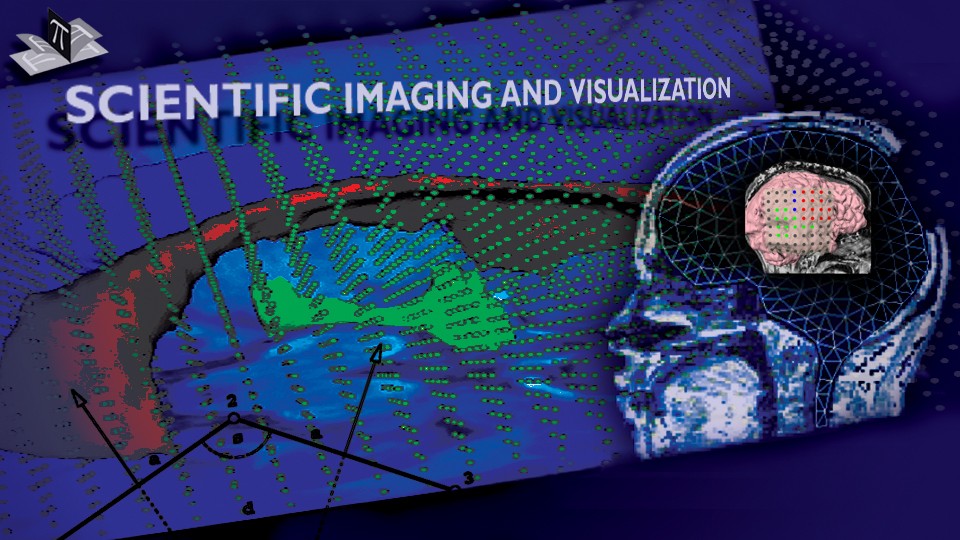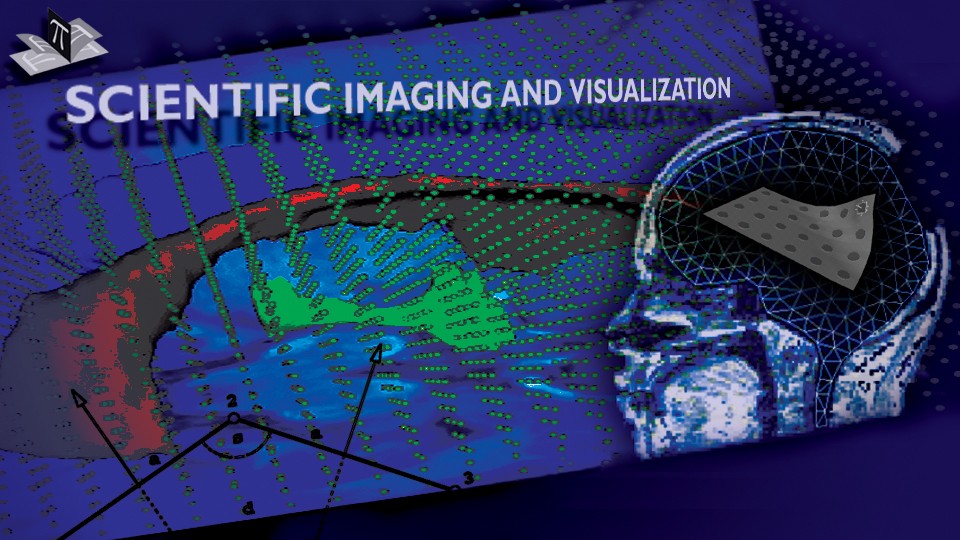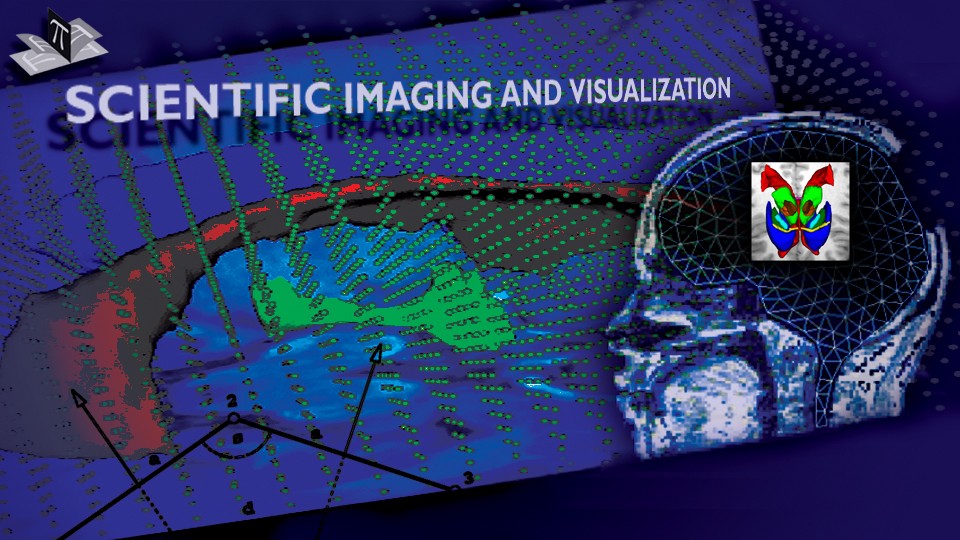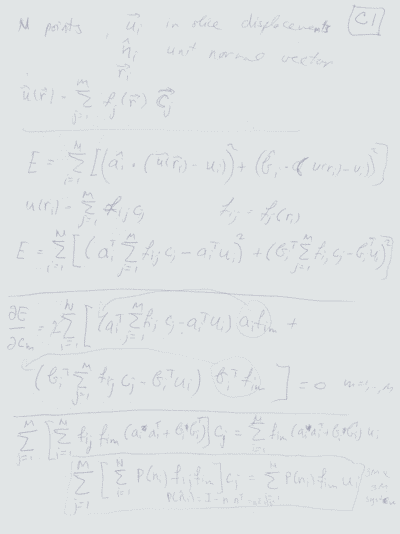
Handwritten Digit Recognition

The goal of this project was to test the use of deformable models for handwritten digit recognition. To test the approach, we collected a database of 440 handwritten digits (0, 1, ..., 9) from 44 different individuals, some of which are shown in Fig. 1. Each letter was scanned and resized to 32 x 32 pixel size.
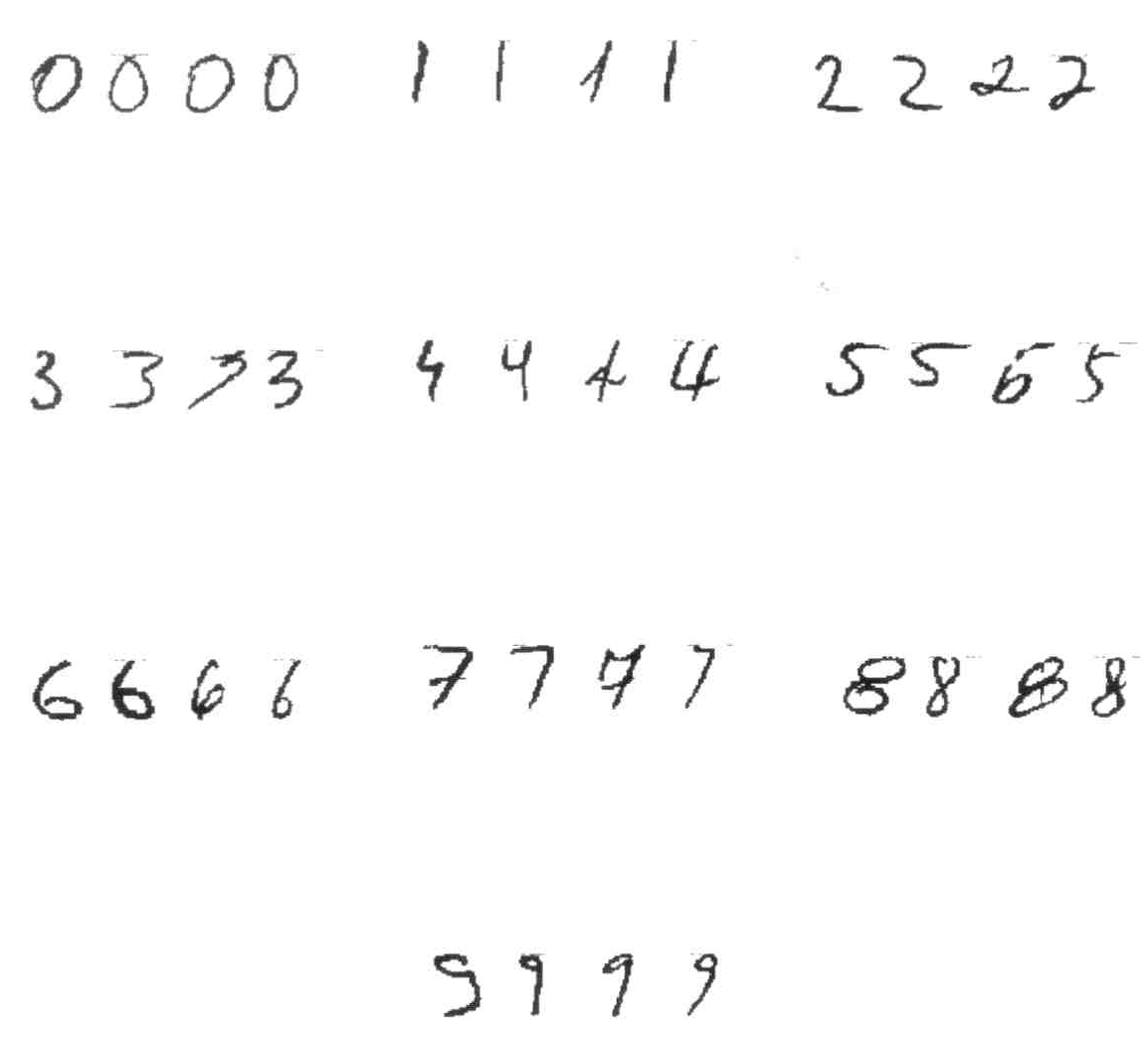
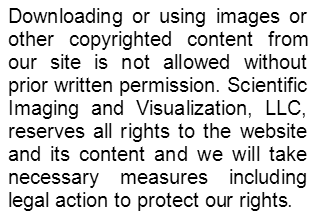
Figure 1: Examples of handwritten digits from 4 different individuals are shown for the 10 classes.
For each digit we developed a deformable model whose shape is deformed to match the handwritten digit. While the models were in vector form, we rasterized them to 32 x 32 pixel size, so that they could be compared to the given handwritten digit. The idea was to test all the deformable models against a given handwritten digit and then to select the one that matches the handwritten digit the best. Figs. 2-9 show deformable models for digits 0-6. We developed two different deformable models for digit 2 (Fig. 4 and 5), since there are two distinct styles how people write digit 2.
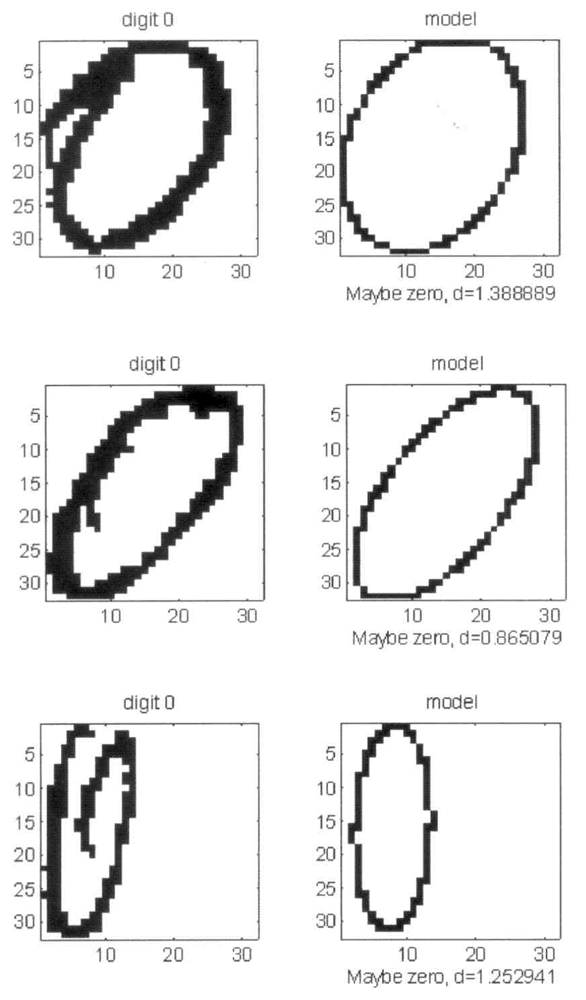

Figure 2: The left column shows examples of handwritten digit 0, while the right column contains the correspondingly deformed model 0. The distance between the model and the handwritten digit is shown under the model.
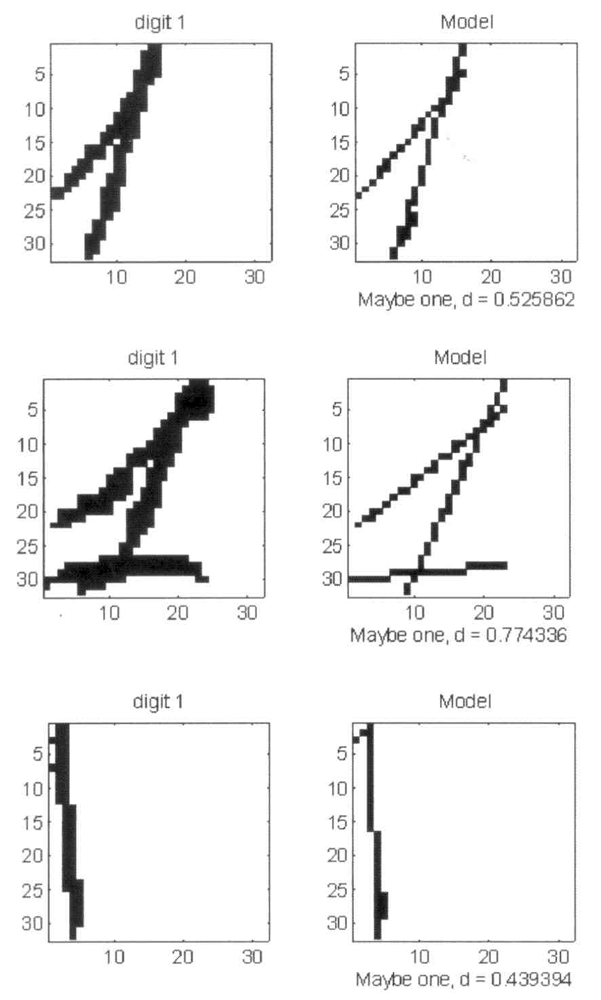

Figure 3: The left column shows examples of handwritten digit 1, while the right column contains the correspondingly deformed model 1. The distance between the model and the handwritten digit is shown under the model.
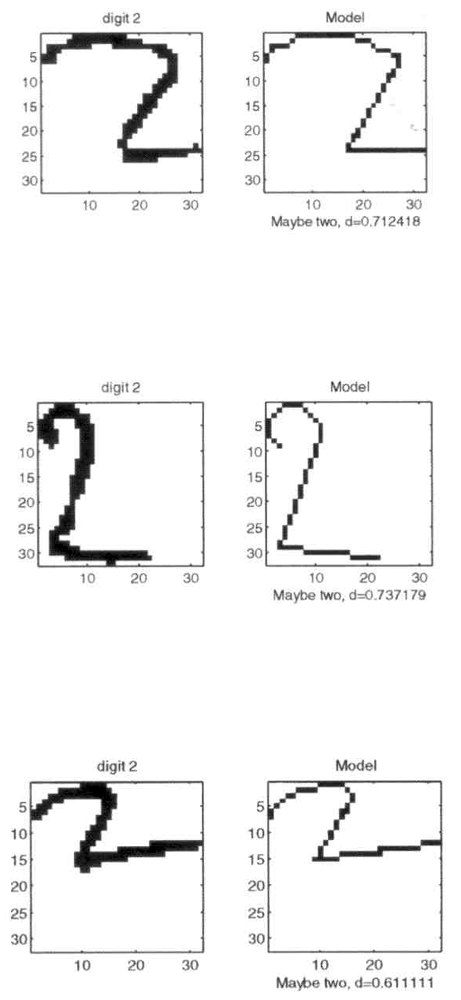

Figure 4: The left column shows examples of first type of handwritten digit 2, while the right column contains the correspondingly deformed first type of model 2. The distance between the model and the handwritten digit is shown under the model.
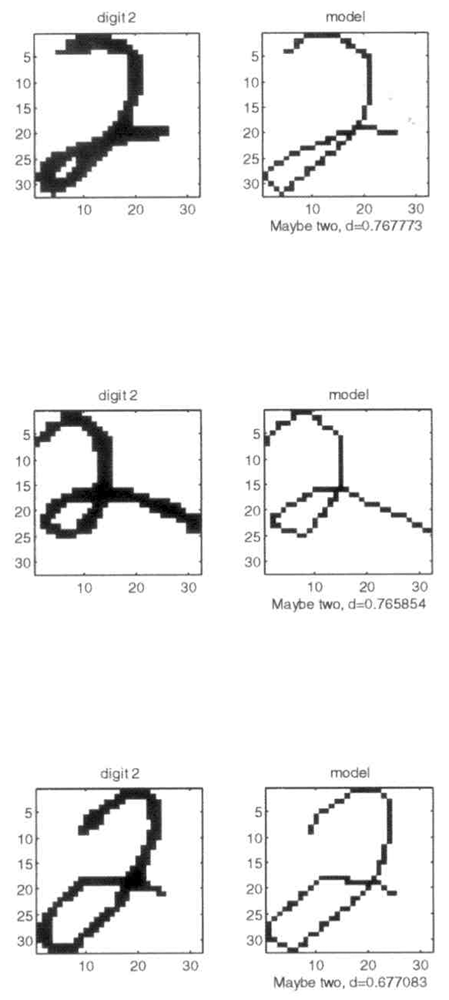

Figure 5: The left column shows examples of second type of handwritten digit 2, while the right column contains the correspondingly deformed second type of model 2. The distance between the model and the handwritten digit is shown under the model.
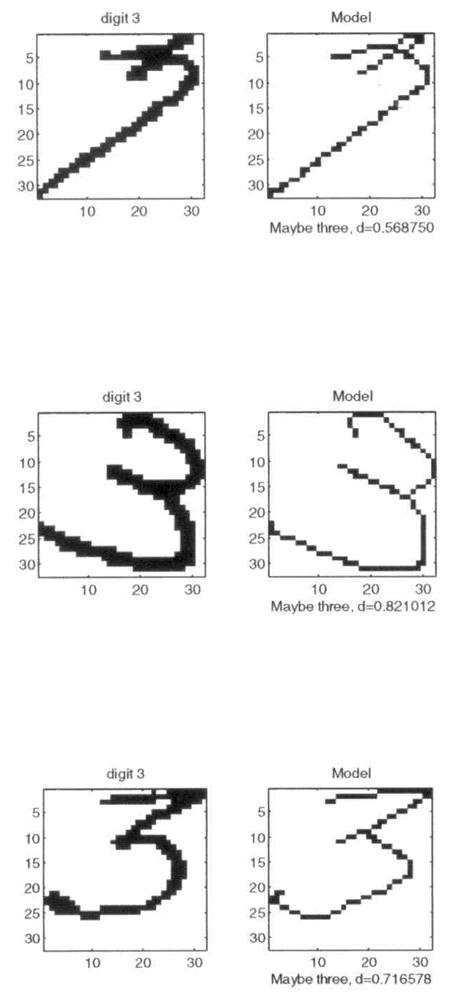

Figure 6: The left column shows examples of handwritten digit 3, while the right column contains the correspondingly deformed model 3. The distance between the model and the handwritten digit is shown under the model.
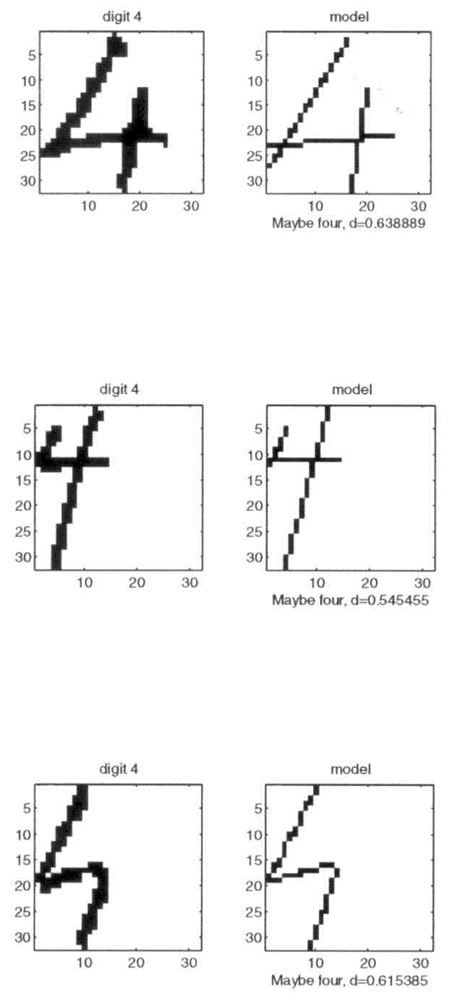

Figure 7: The left column shows examples of handwritten digit 4, while the right column contains the correspondingly deformed model 4. The distance between the model and the handwritten digit is shown under the model.
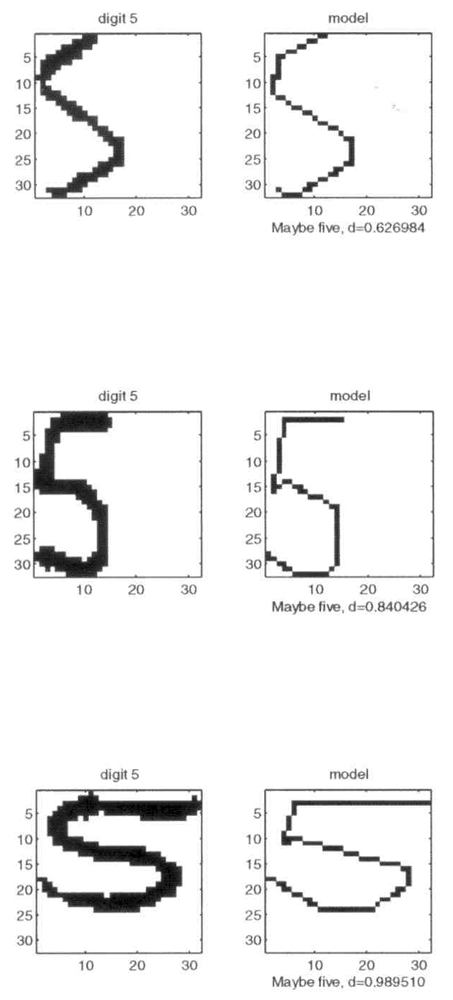

Figure 8: The left column shows examples of handwritten digit 5, while the right column contains the correspondingly deformed model 5. The distance between the model and the handwritten digit is shown under the model.
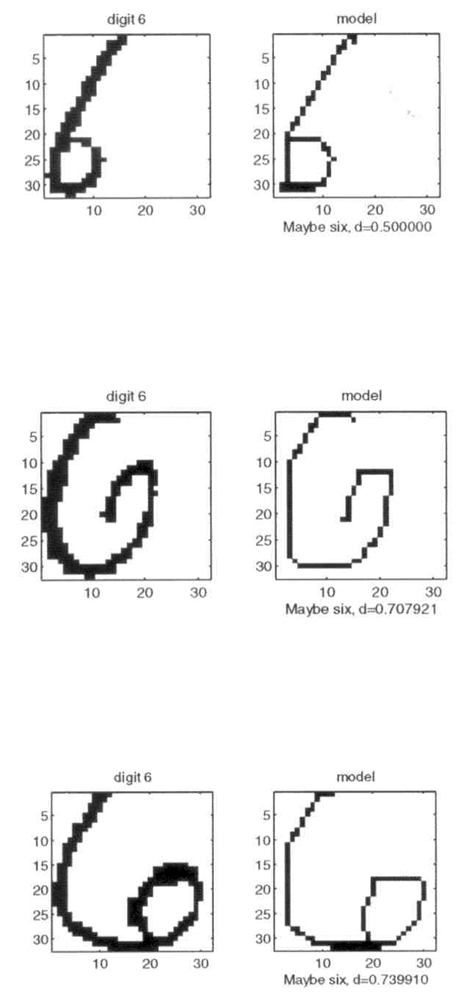

Figure 9: The left column shows examples of handwritten digit 6, while the right column contains the correspondingly deformed model 6. The distance between the model and the handwritten digit is shown under the model.
Fig. 10, 11, and 12 demonstrate the application of models that do not correspond to the handwritten digits.
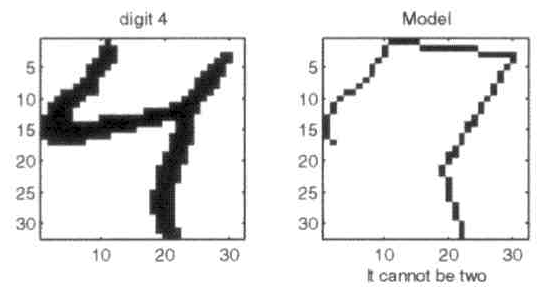

Figure 10: Application of the first type of model 2 to handwritten digit 7. The distance between the model and the handwritten digit was too large, i.e. the automated handwritten digit recognition system concluded that this could not be digit 2.
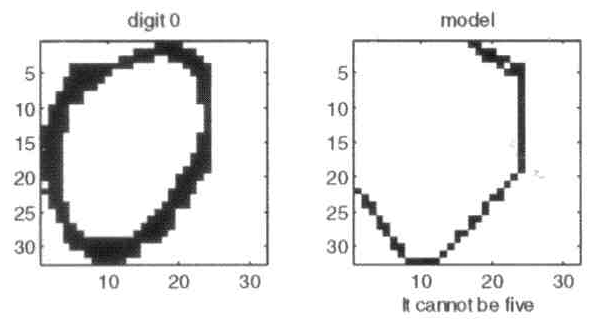

Figure 11: Application of the model 5 to handwritten digit 0. The distance between the model and the handwritten digit was too large, i.e. the automated handwritten digit recognition system concluded that this could not be digit 5.
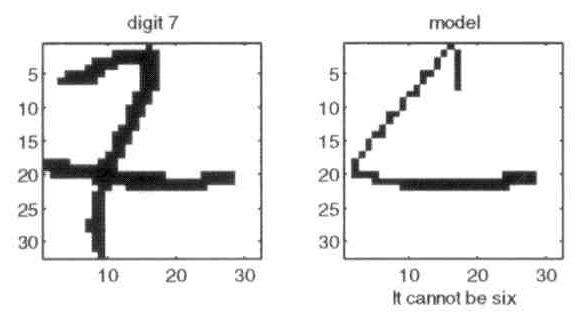

Figure 12: Application of the model 6 to handwritten digit 7. The distance between the model and the handwritten digit was too large, i.e. the automated handwritten digit recognition system concluded that this could not be digit 6.
The handwritten digit recognition based on the deformable models was applied to the database of 440 handwritten digits. All digits were correctly recognized but one. The one digit that was incorrectly recognized is shown in Fig. 1: it is the third digit 5 (a group of four digits 5 are shown in Fig. 1). It was incorrectly recognized as digit 6, but it should be noted that even to the human eye it resembles digit 6.


